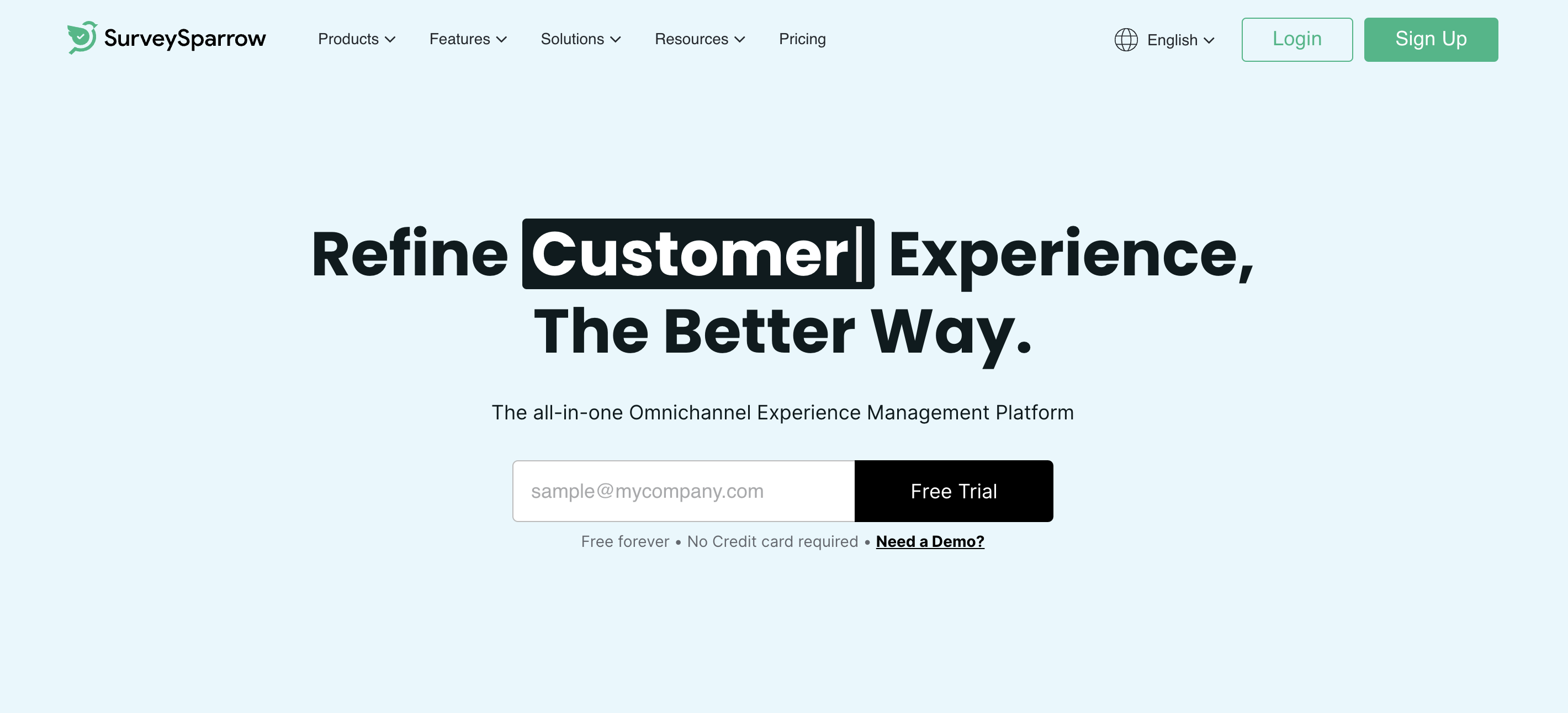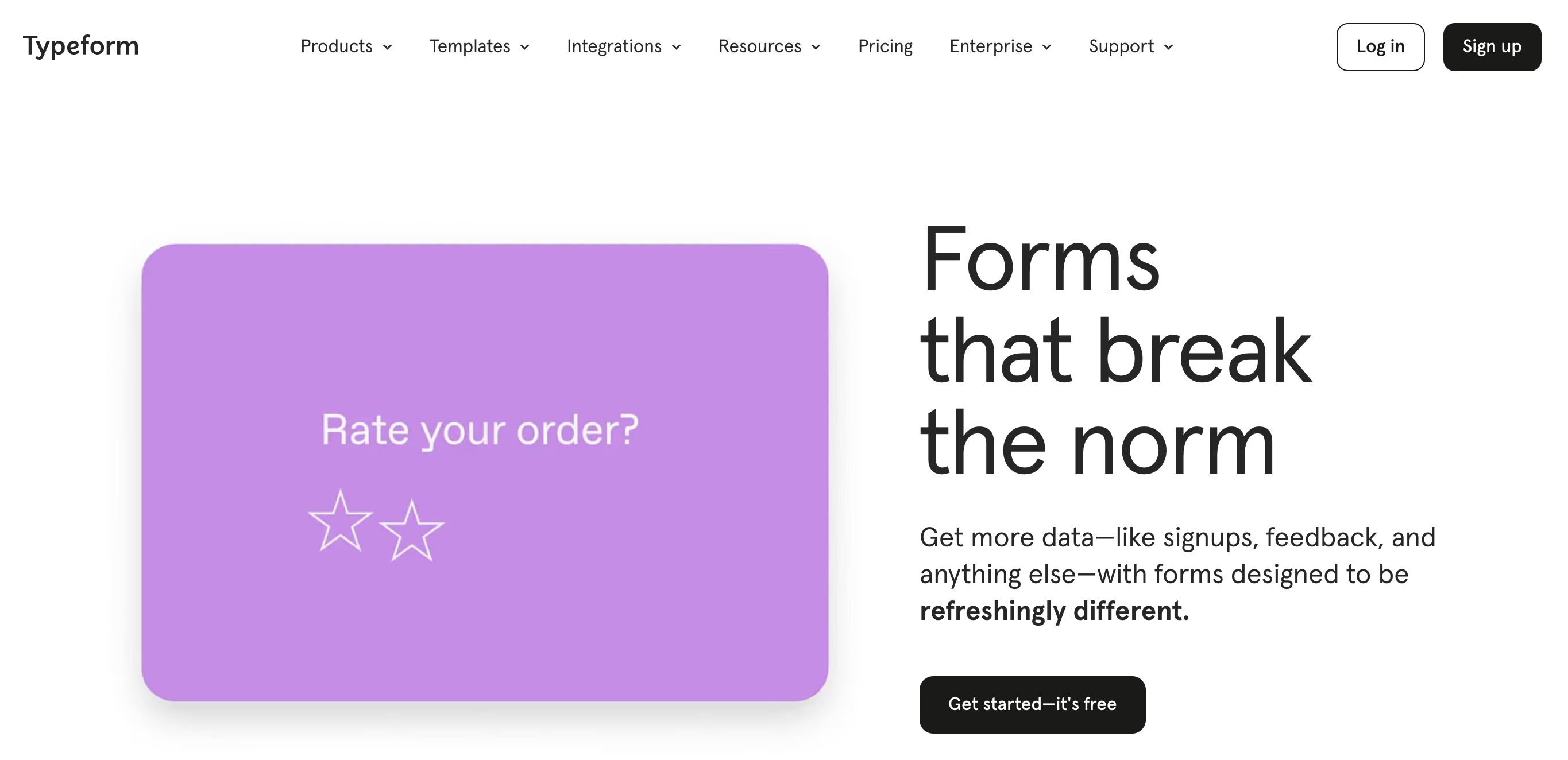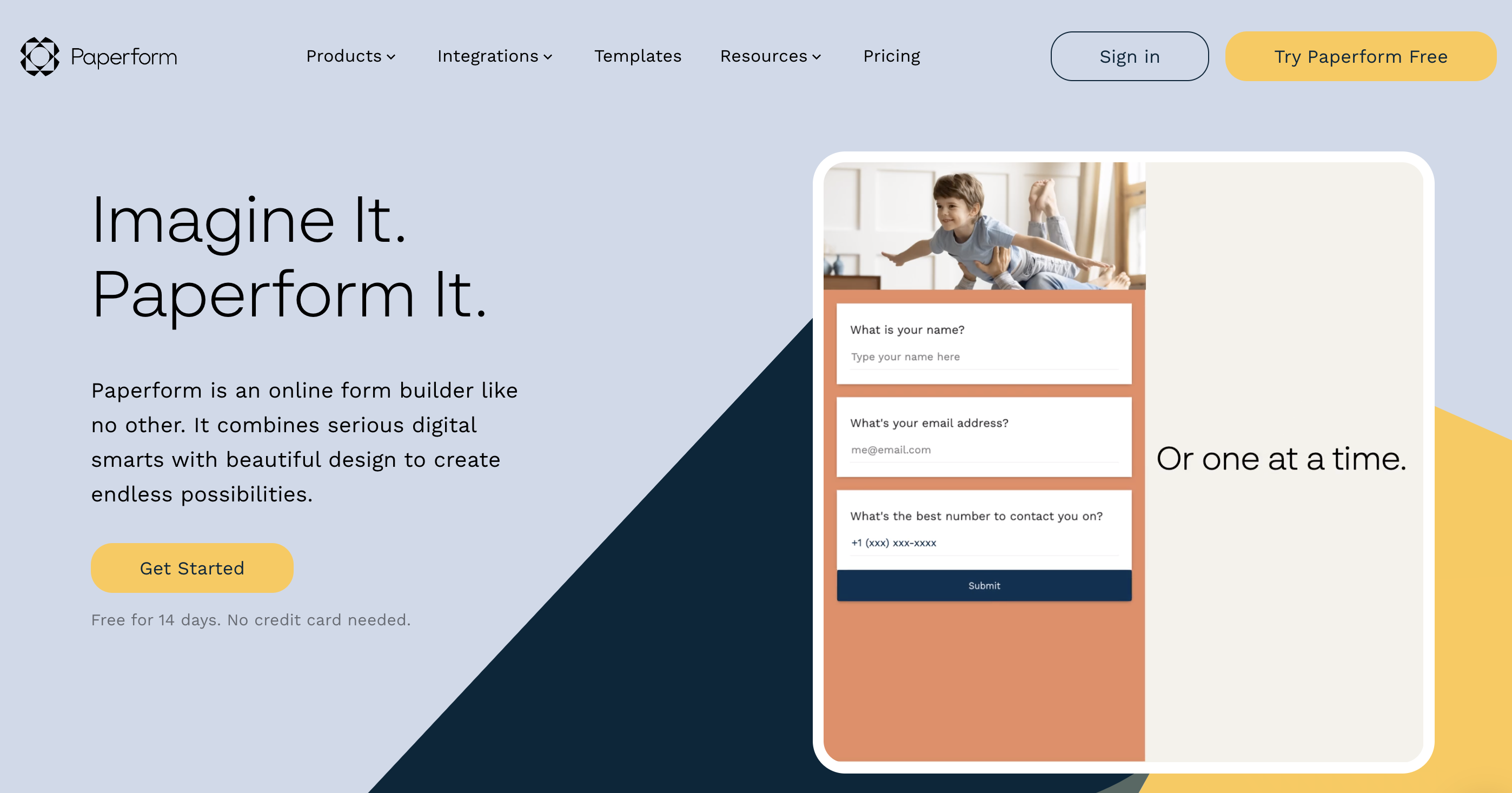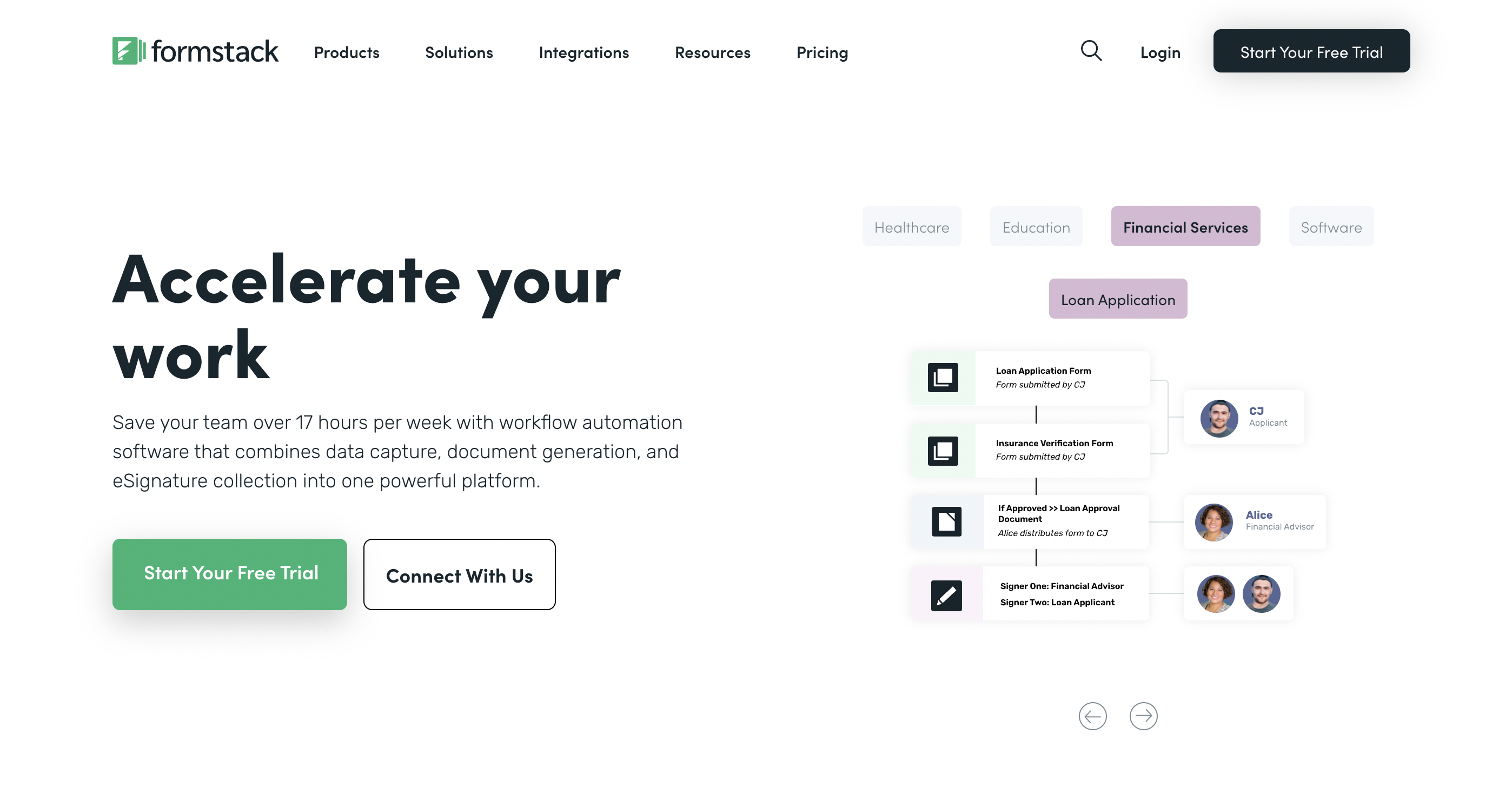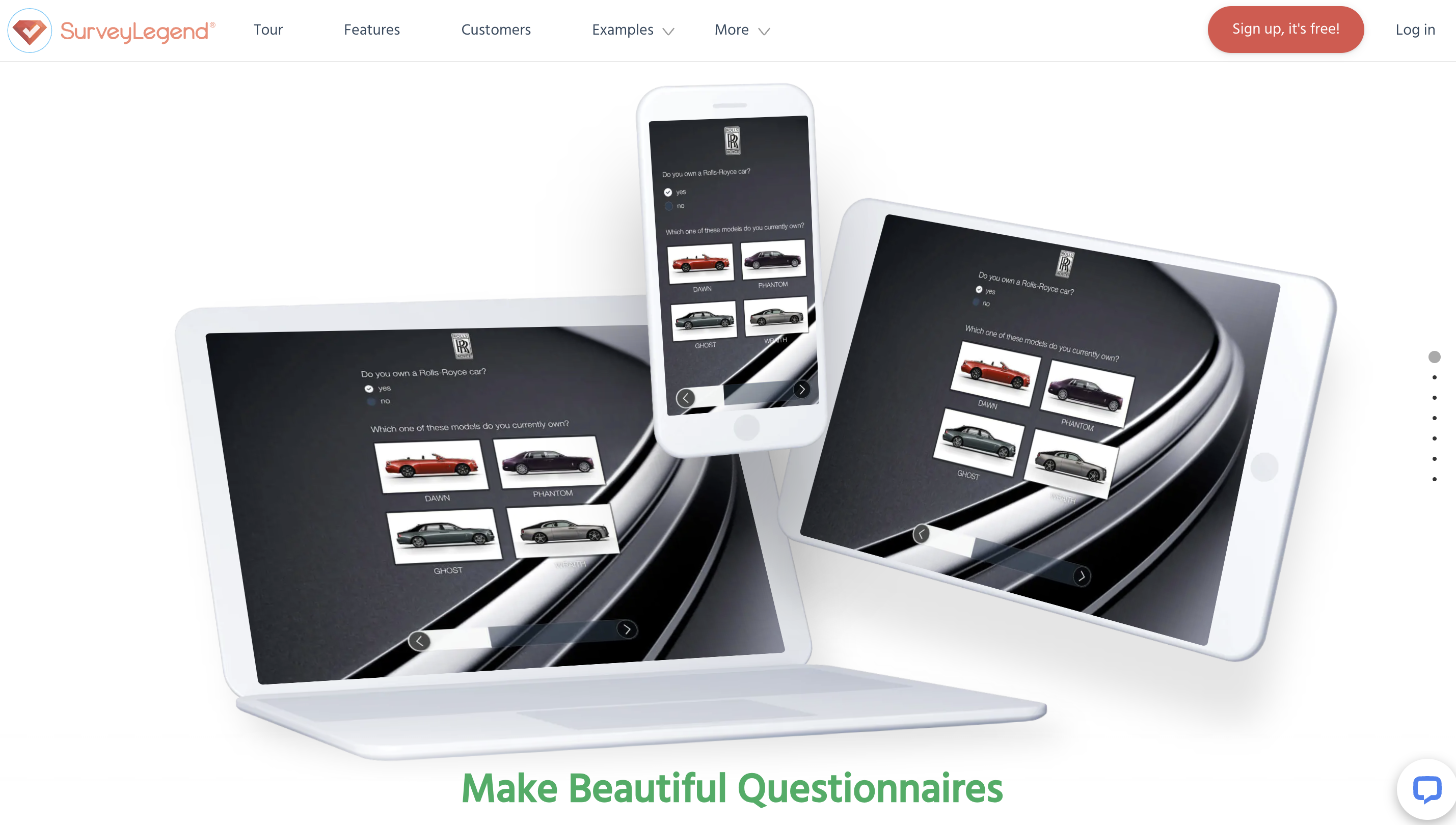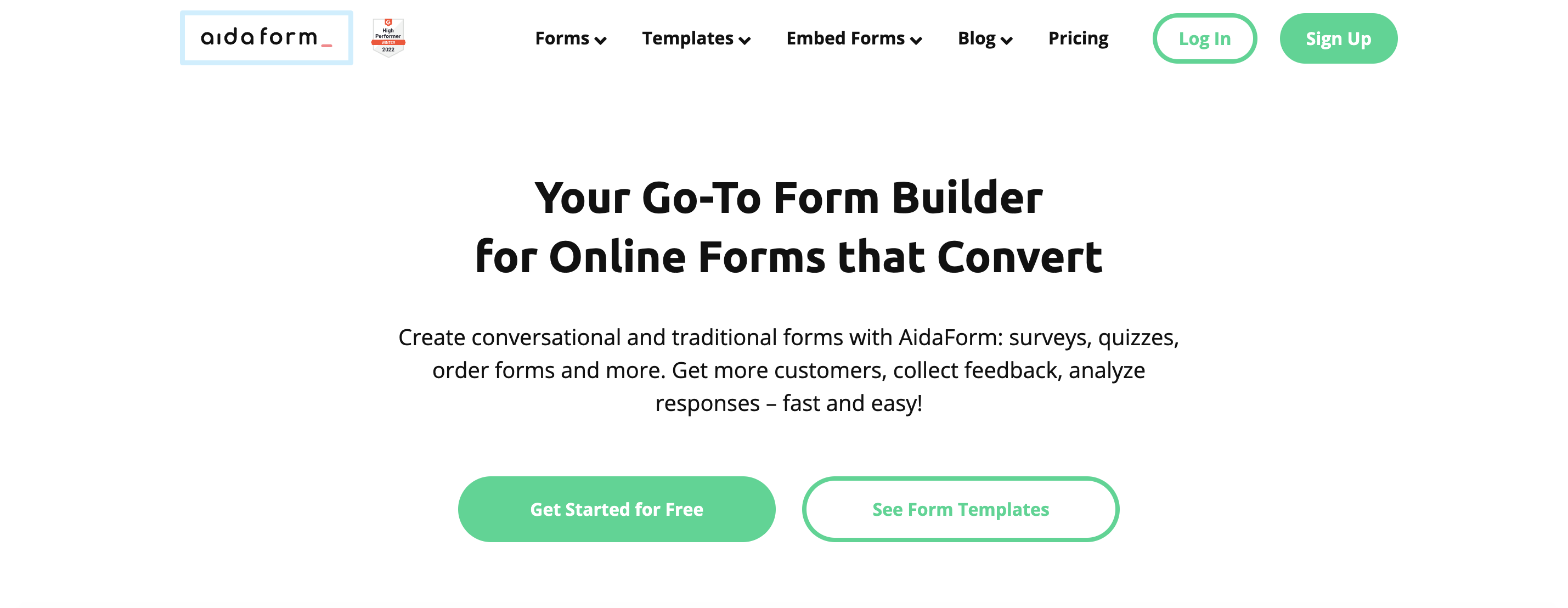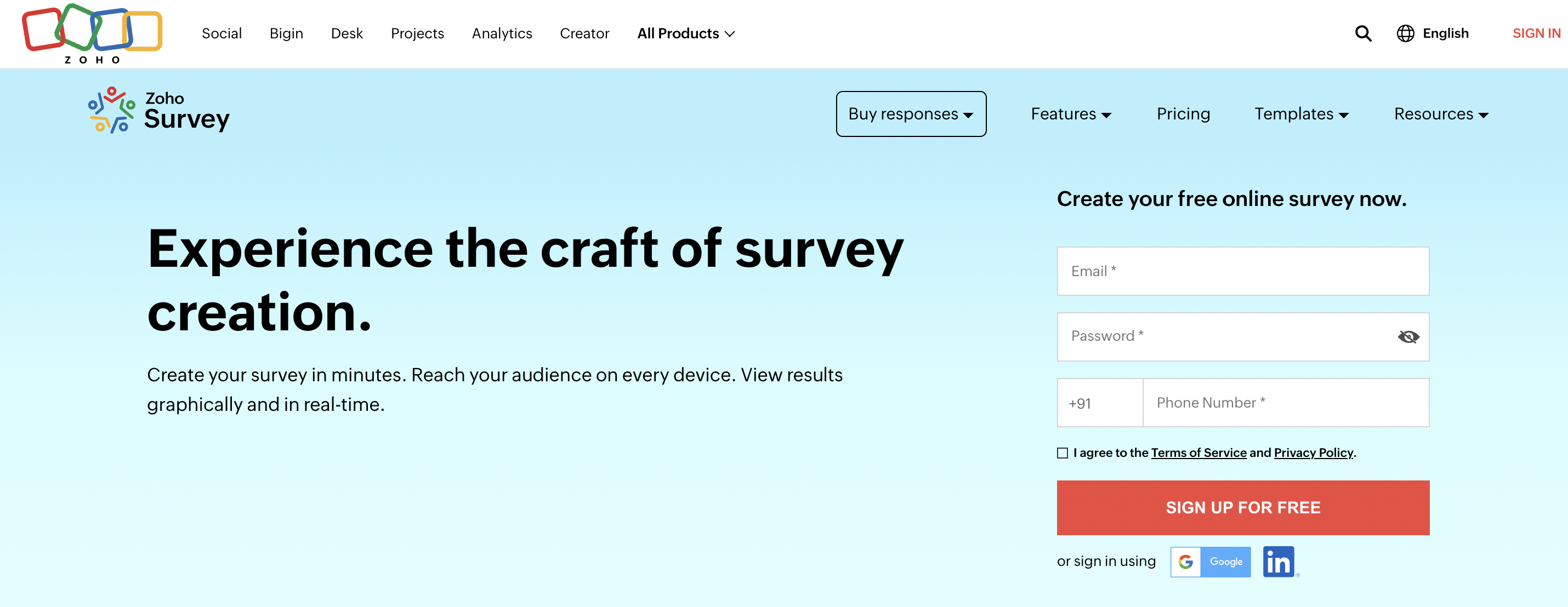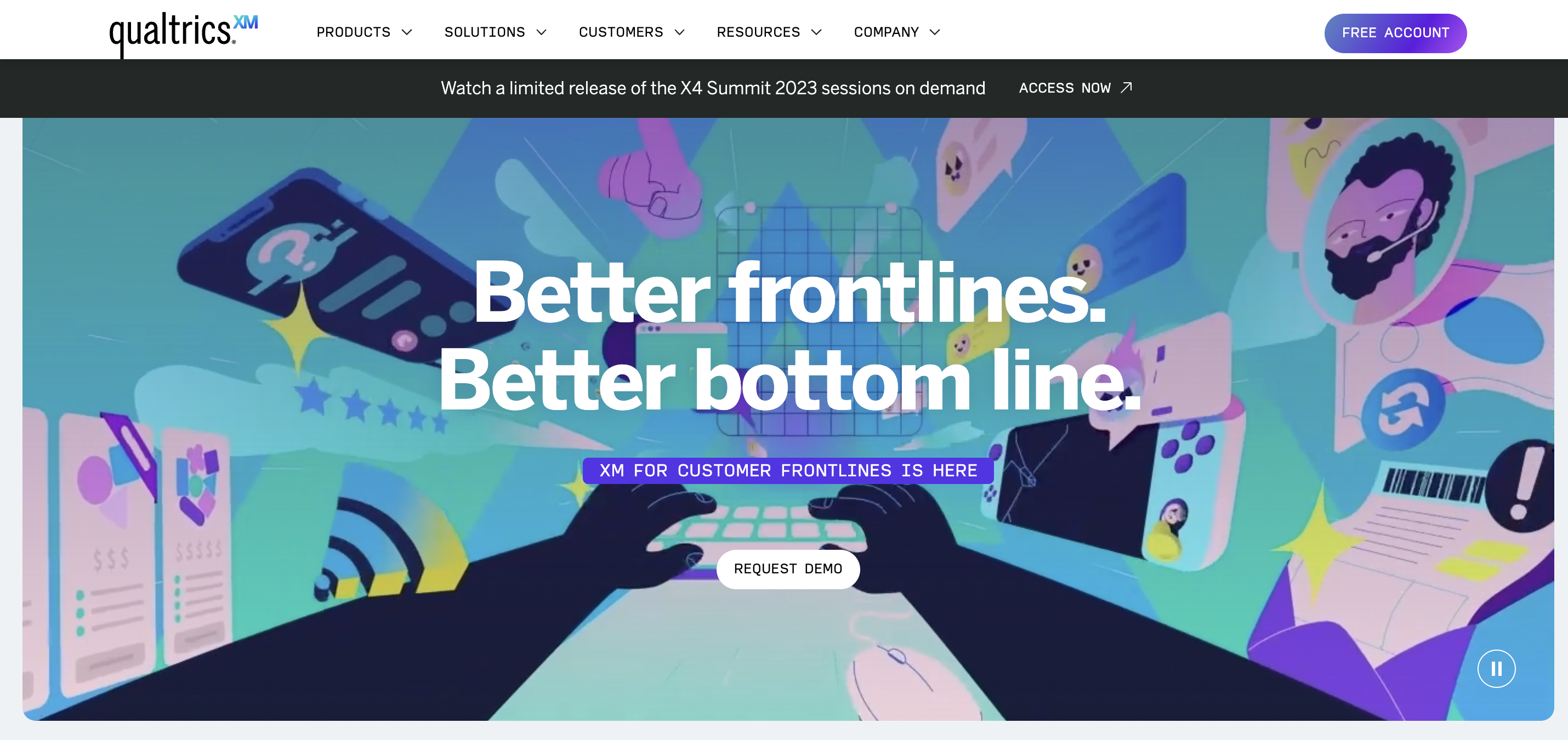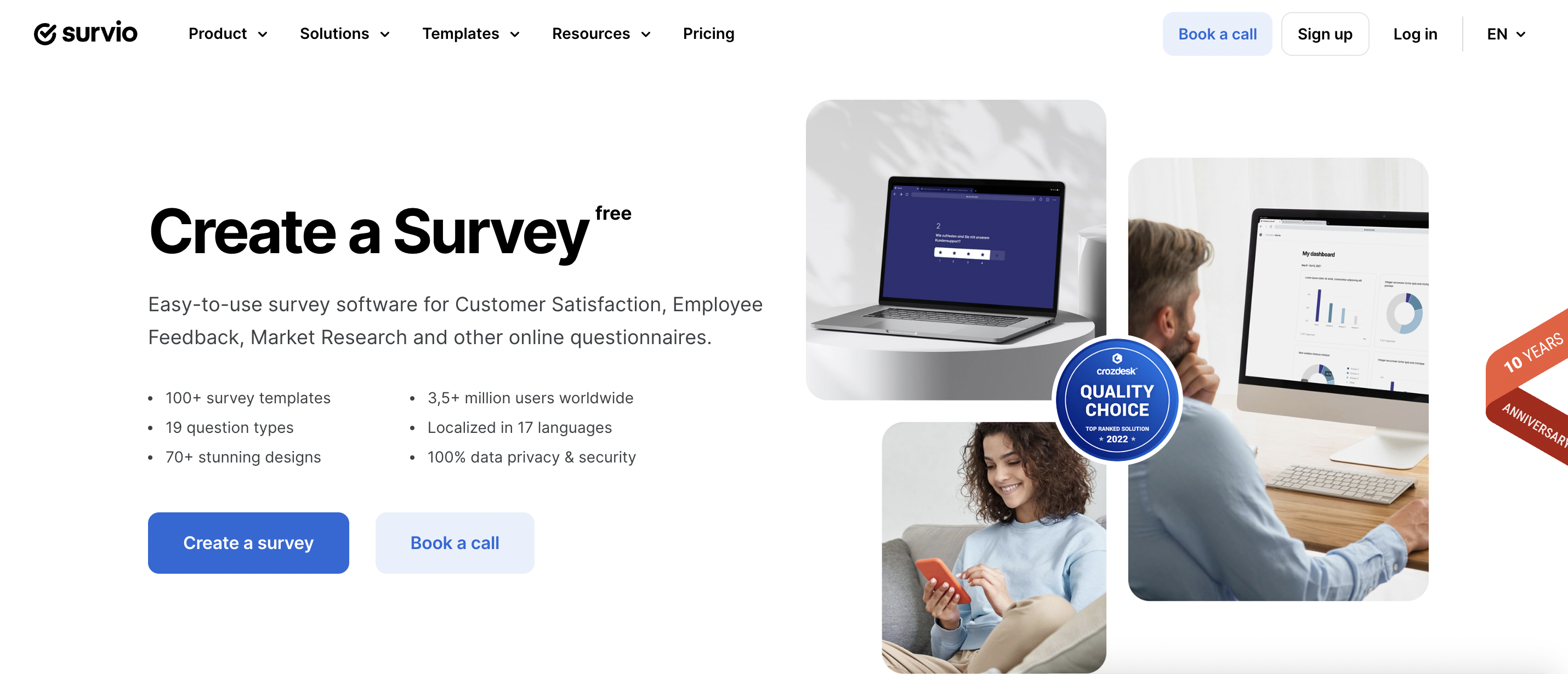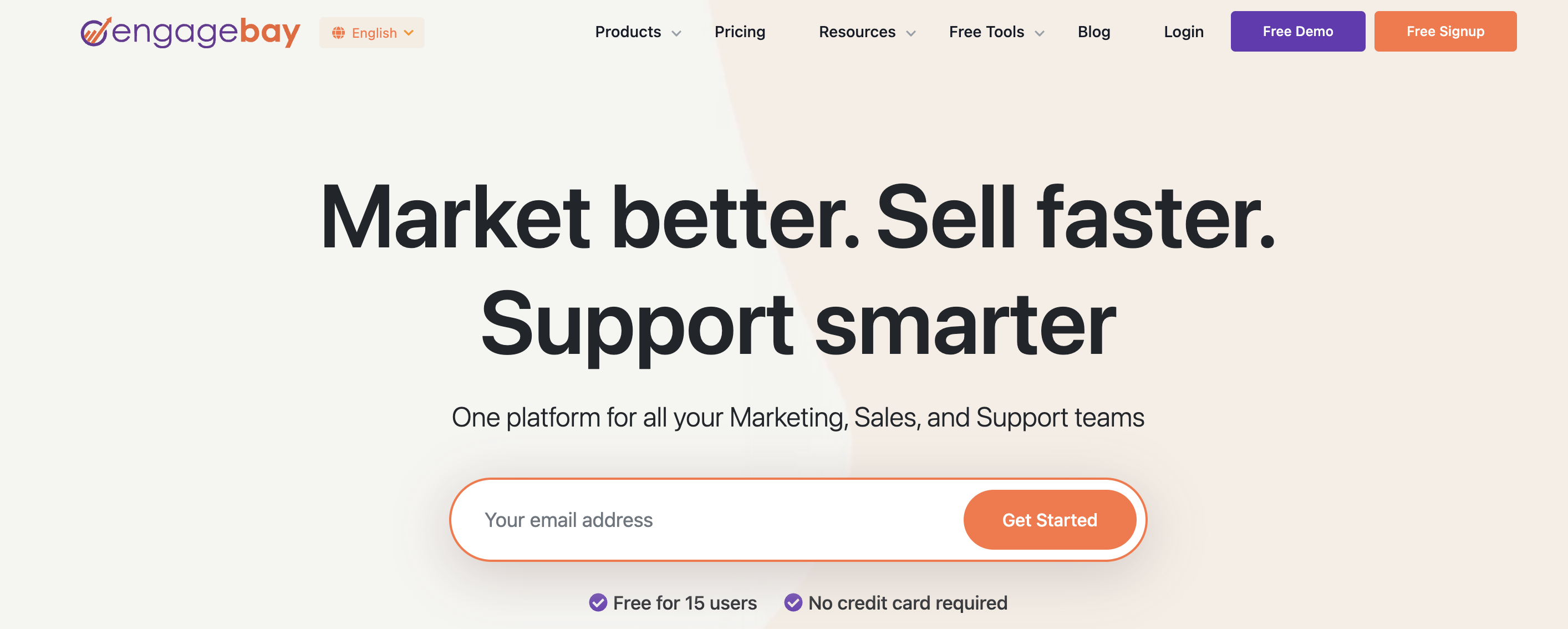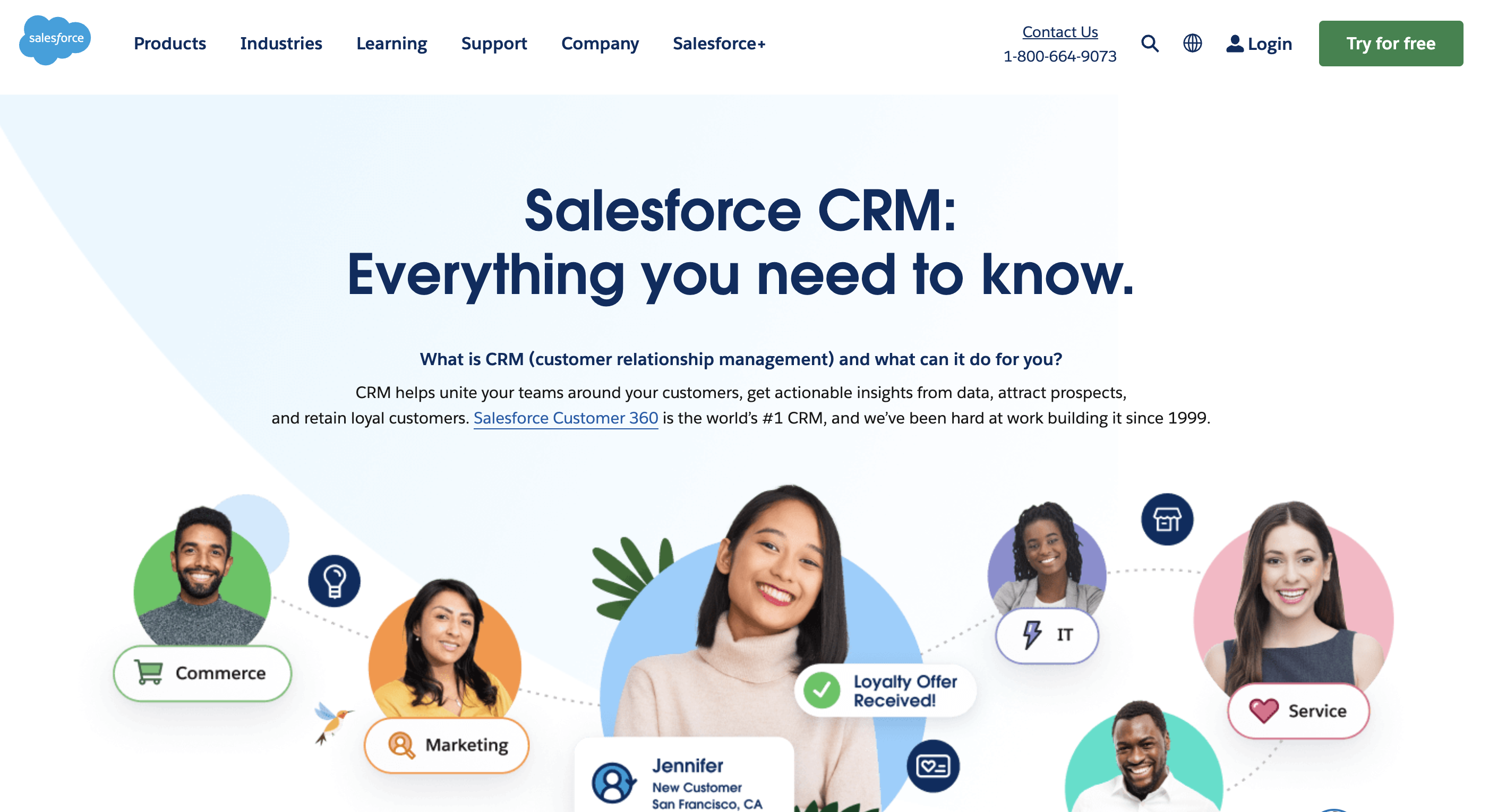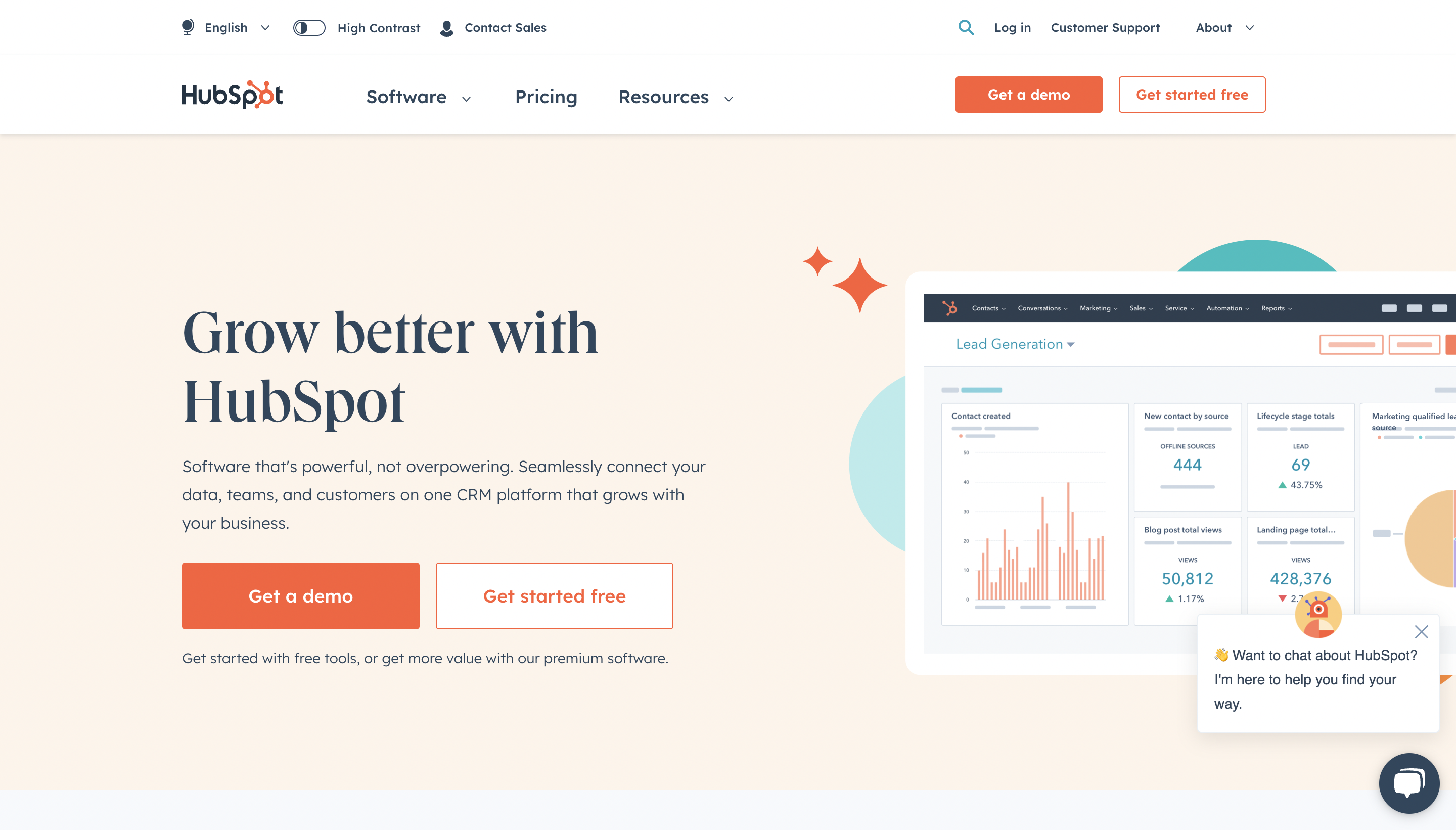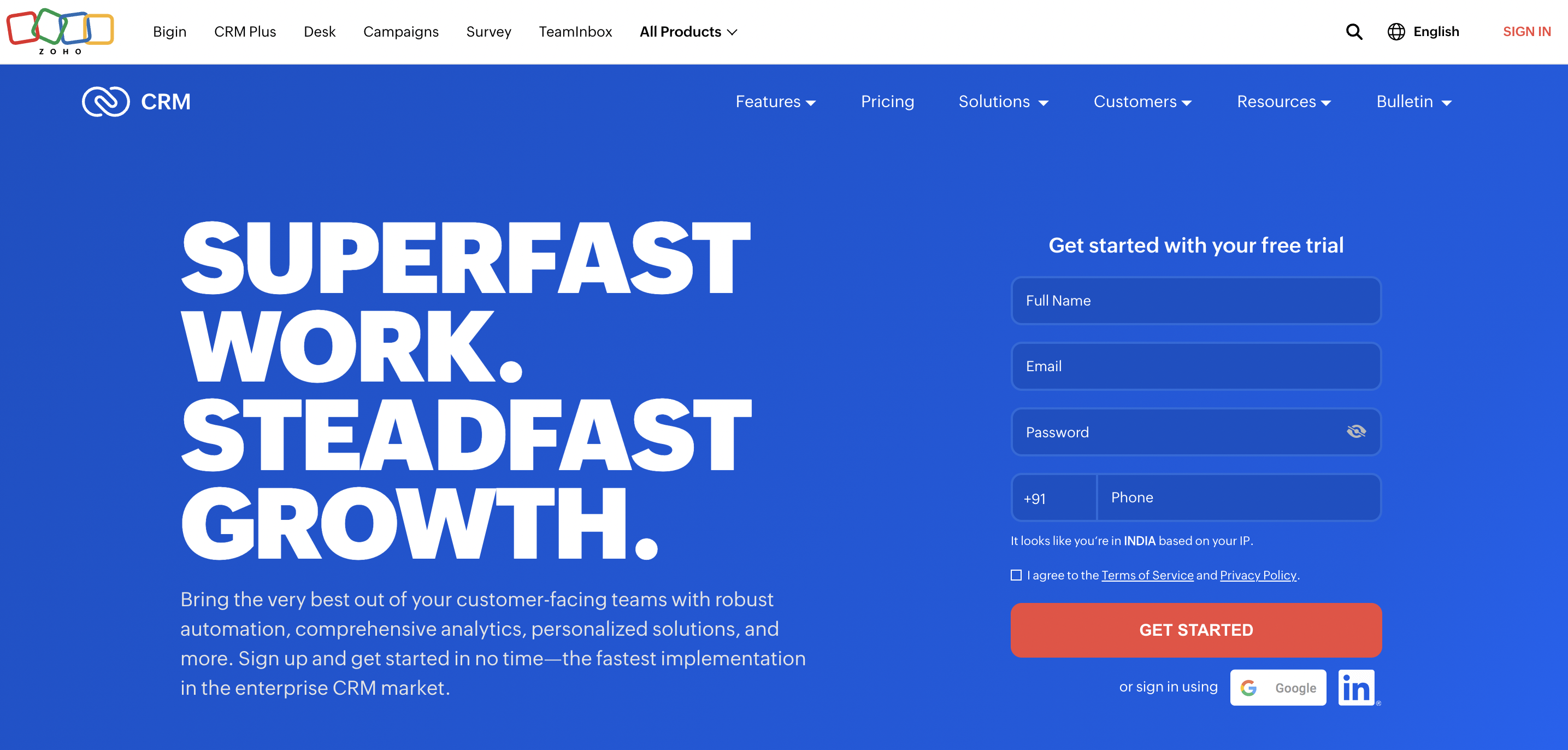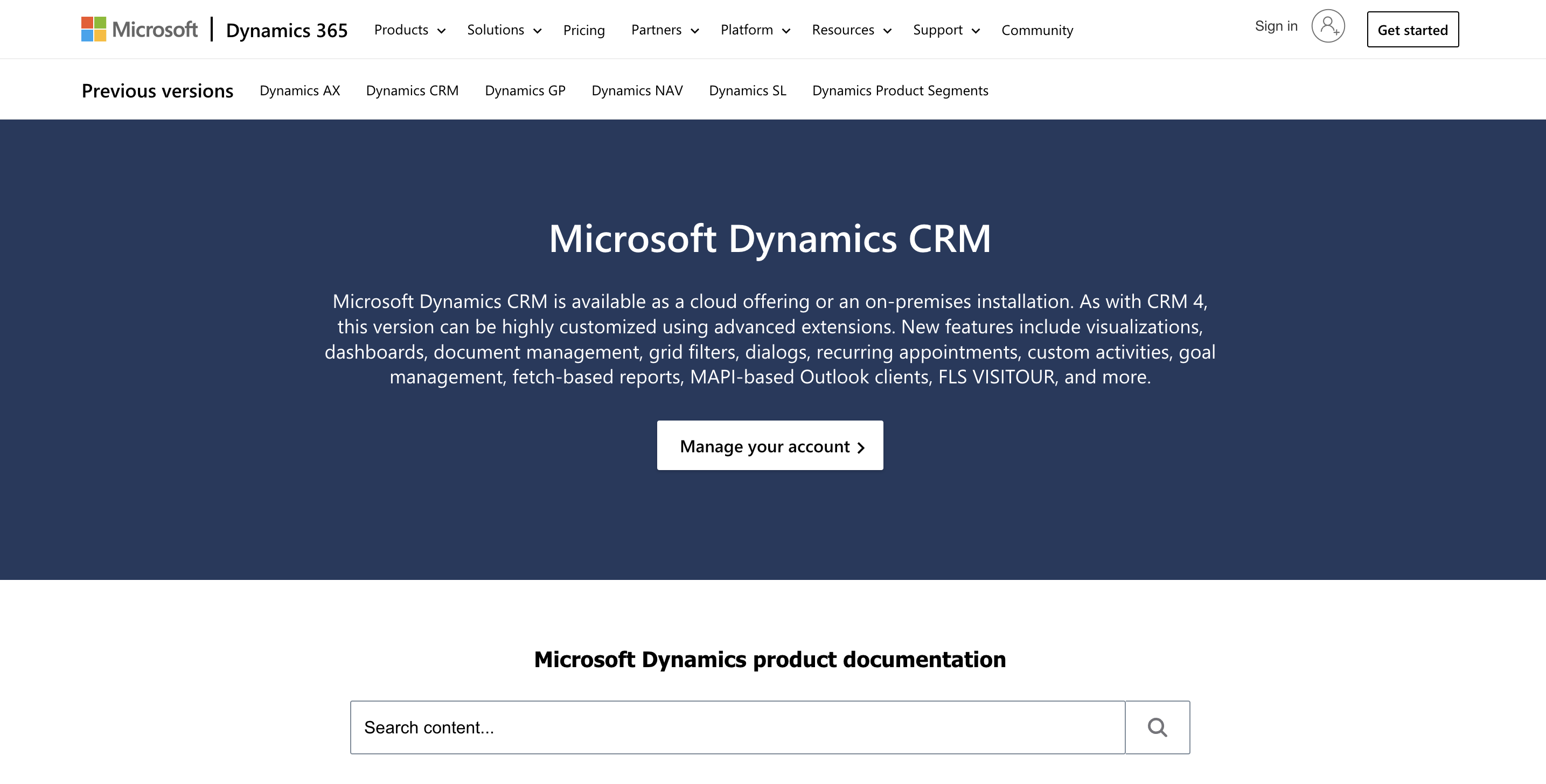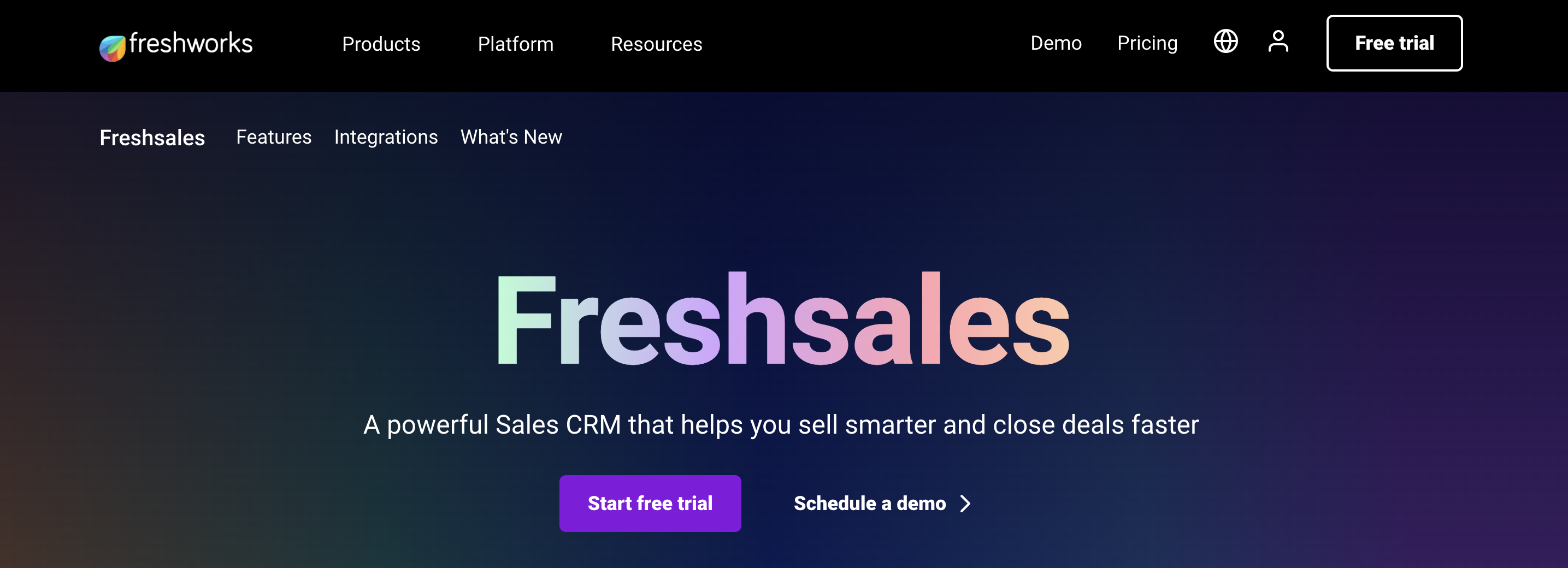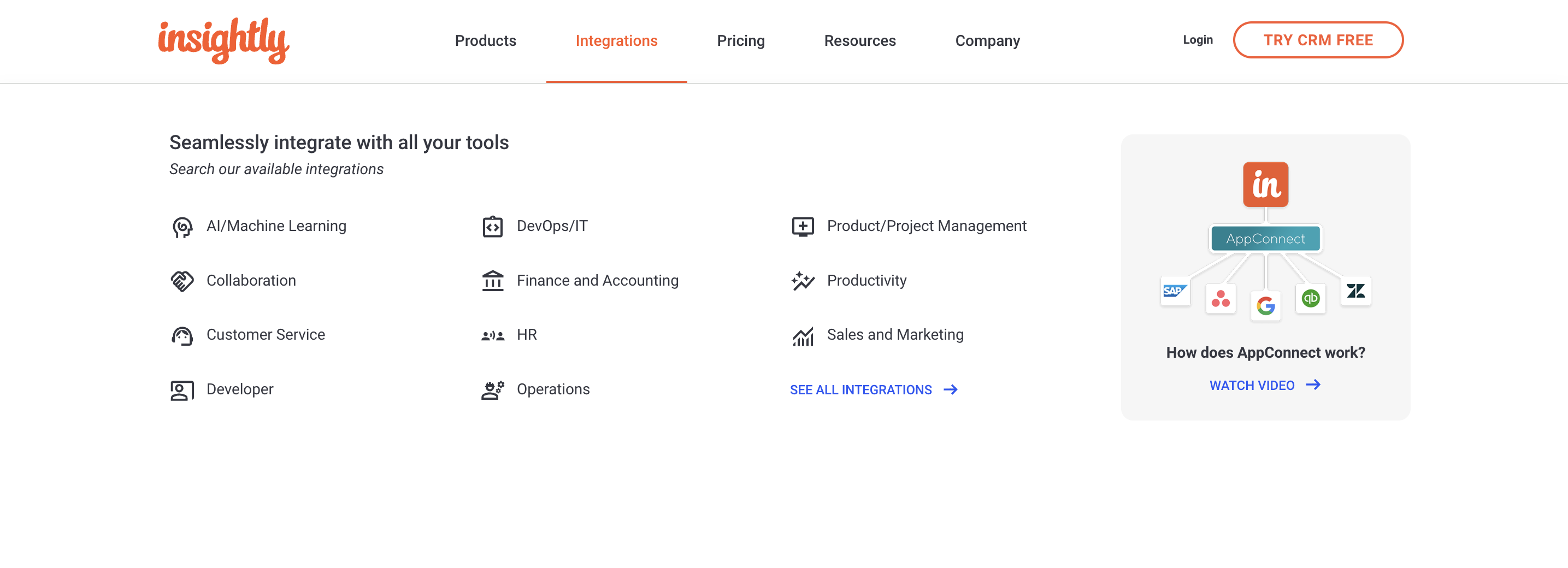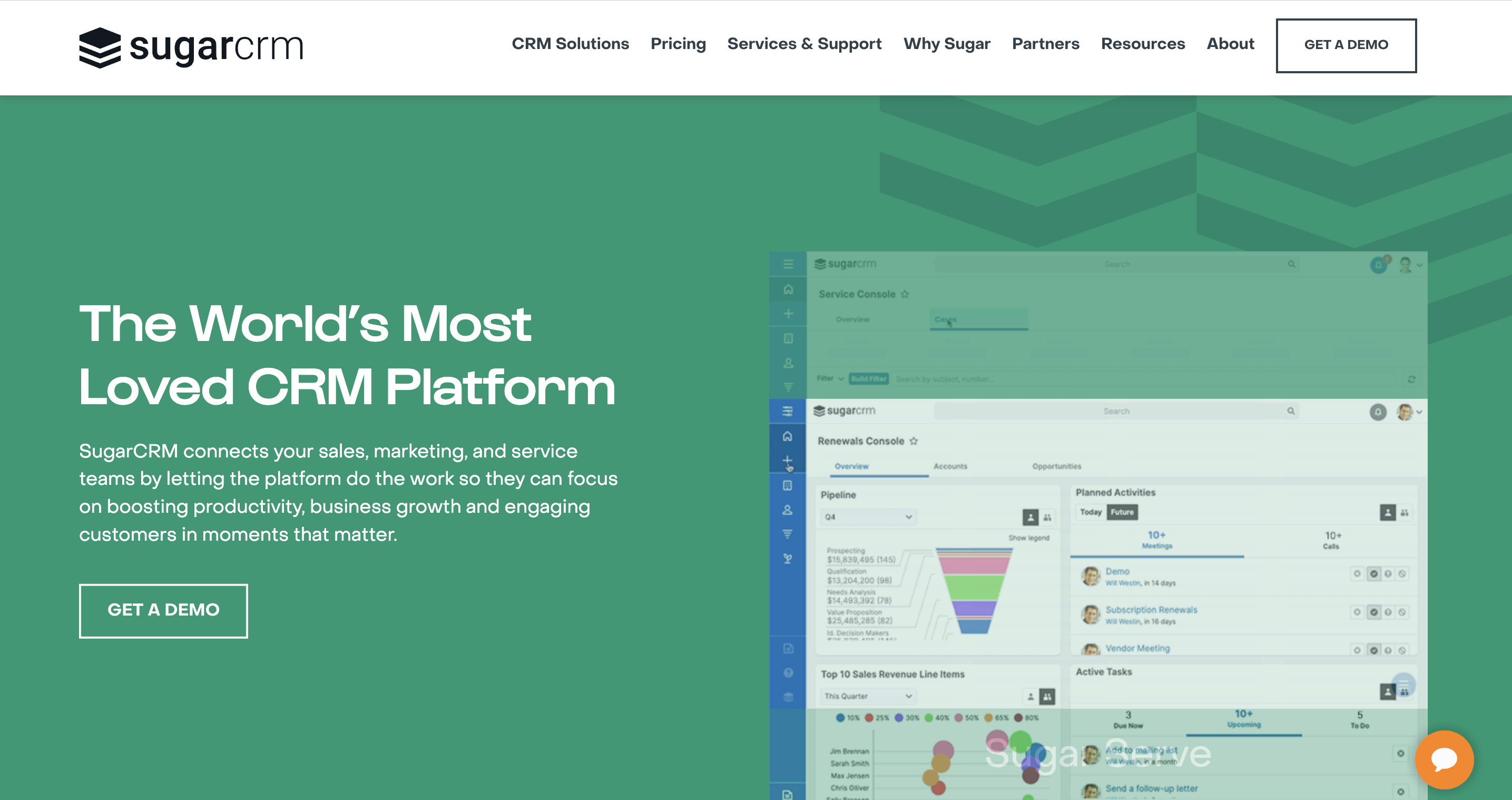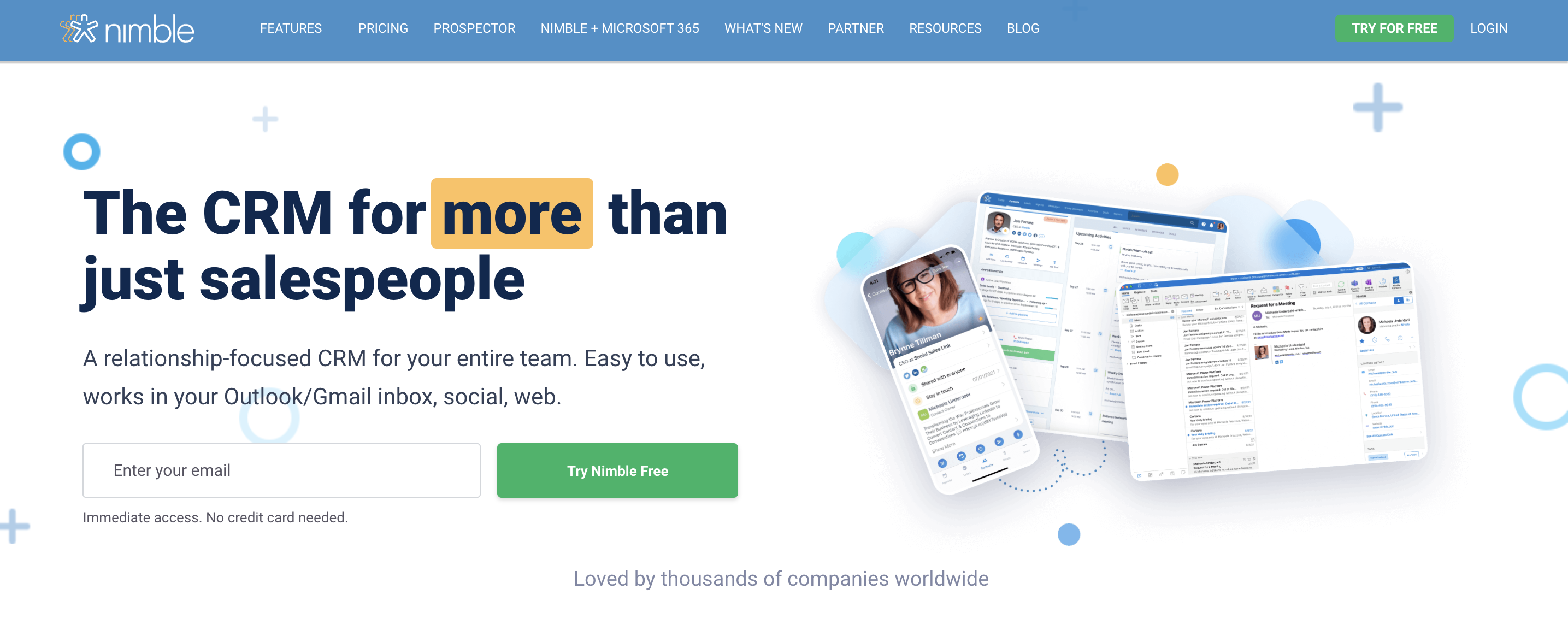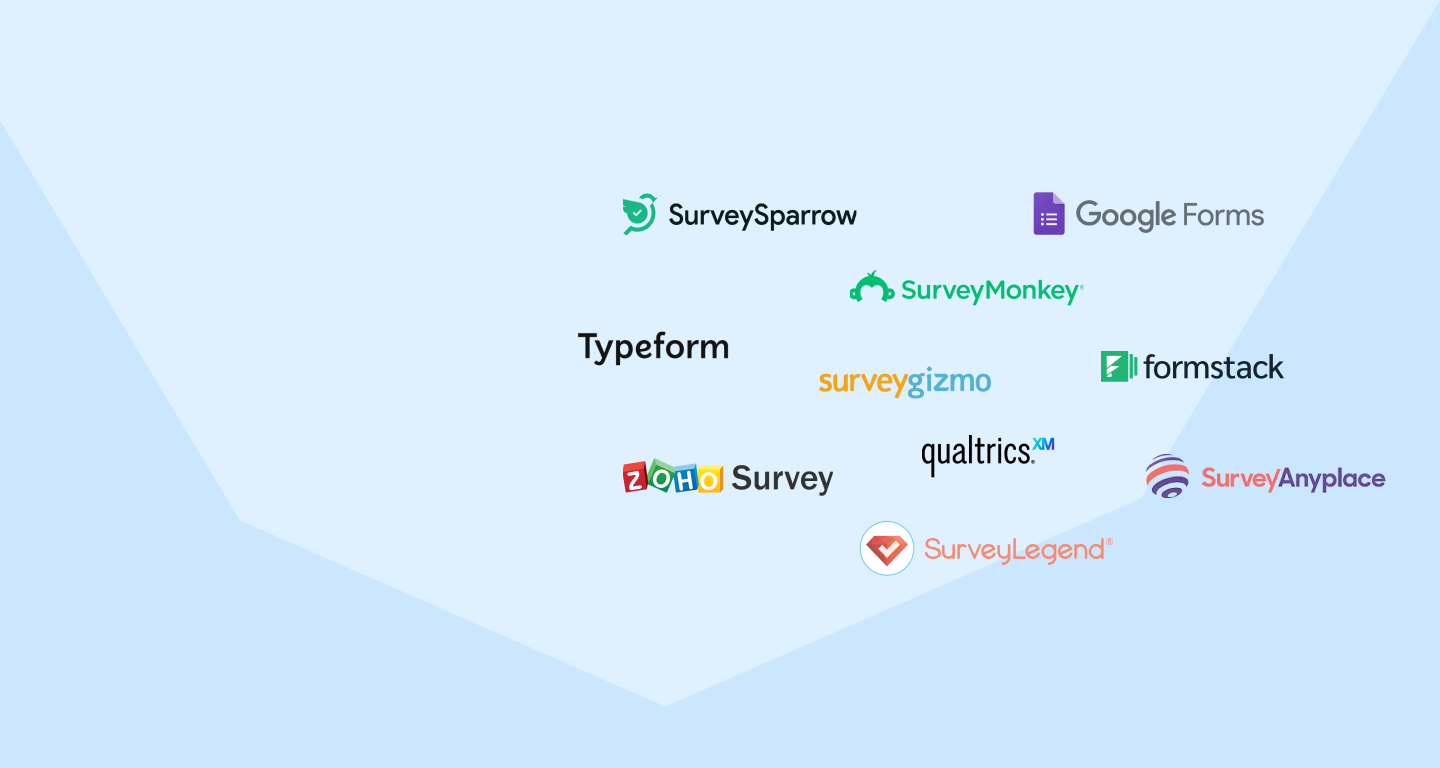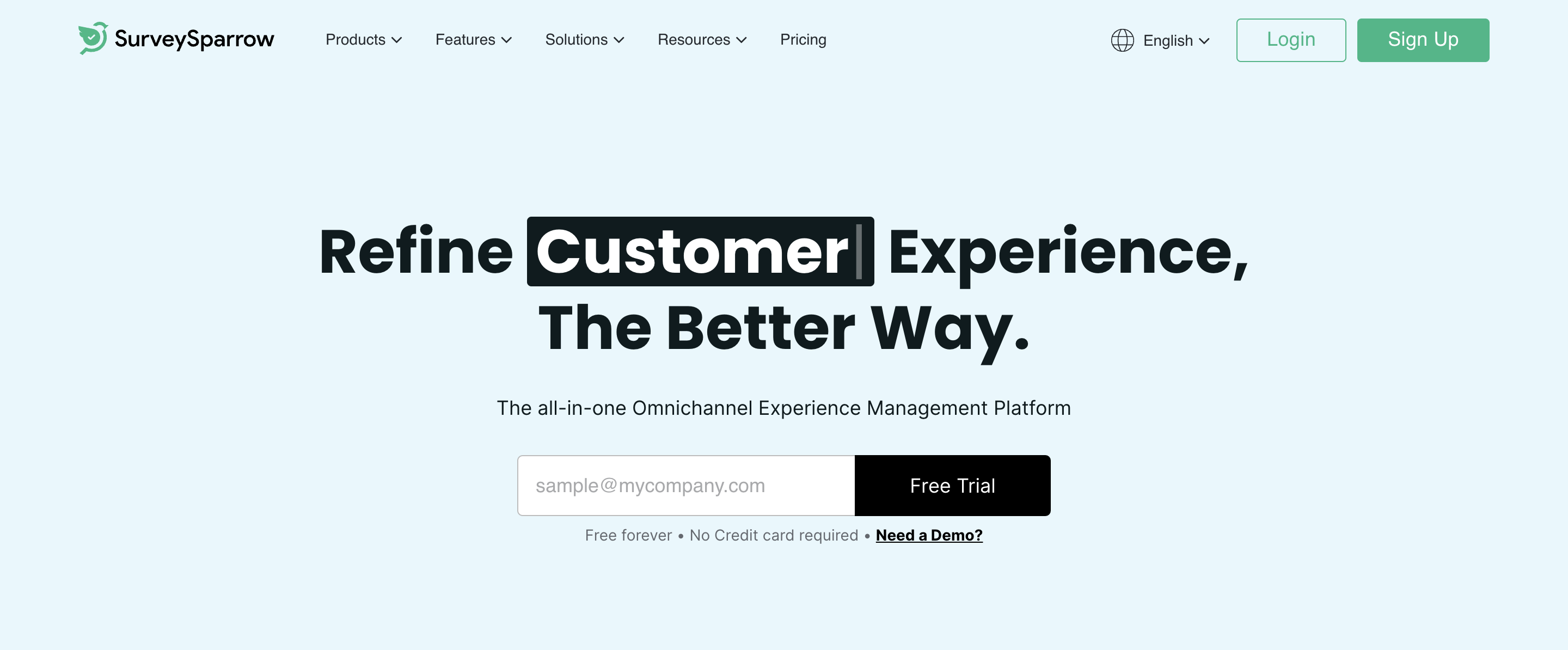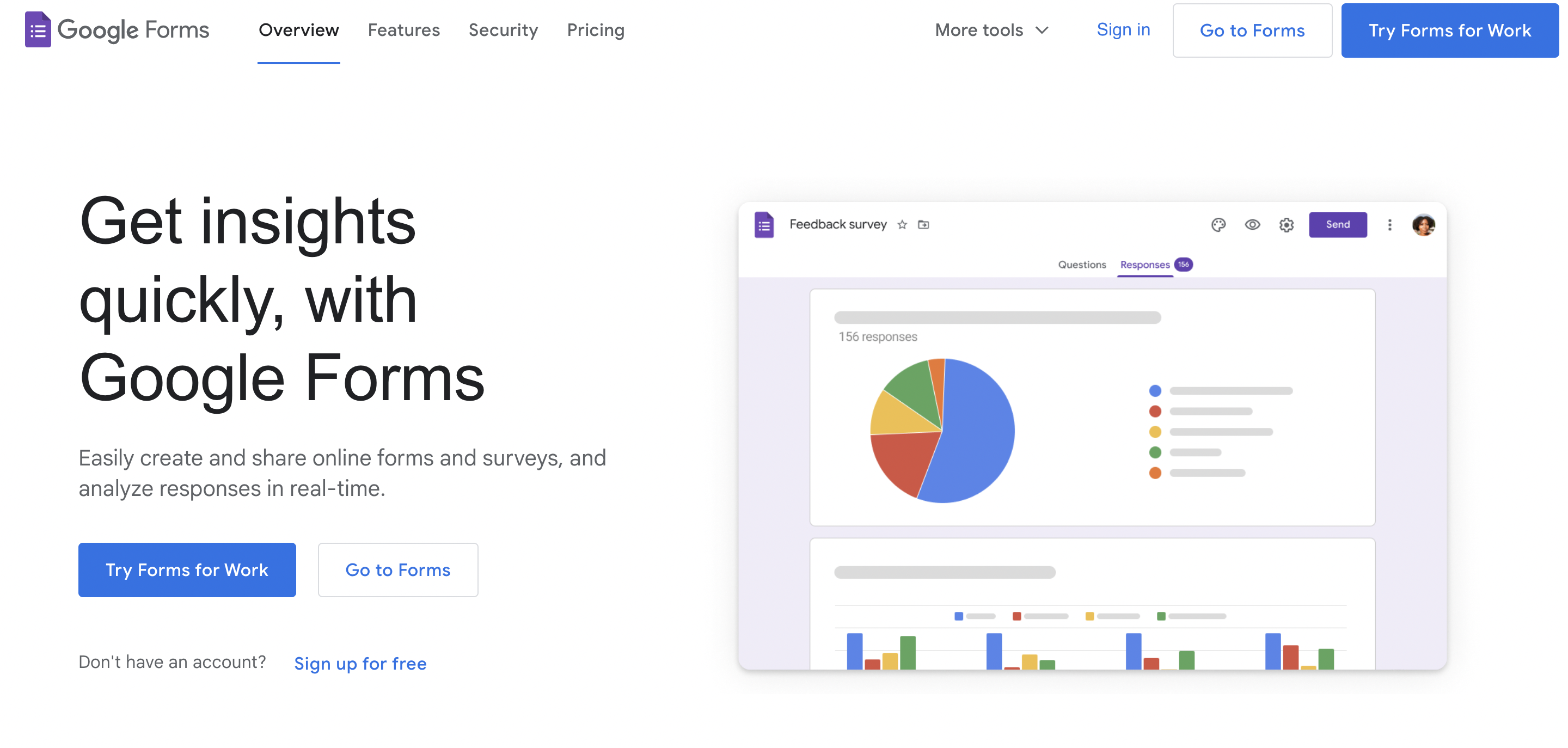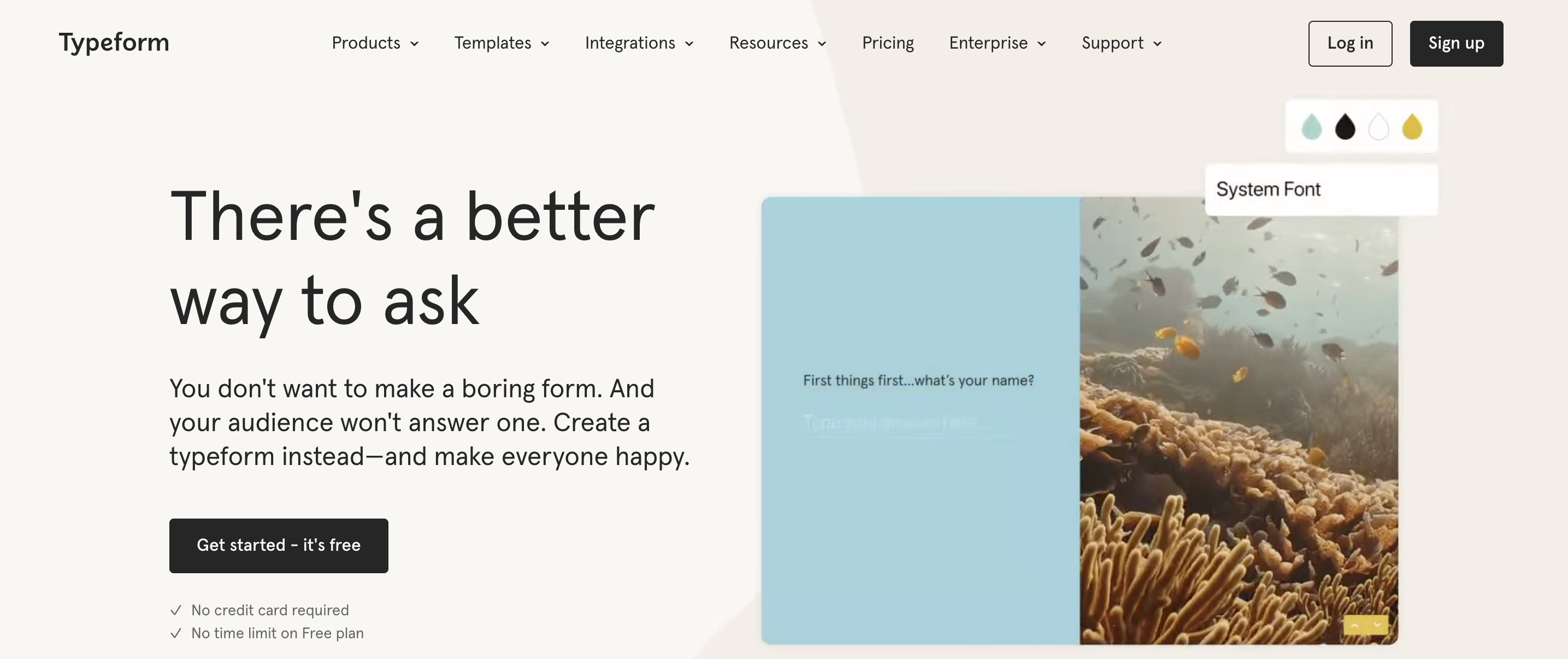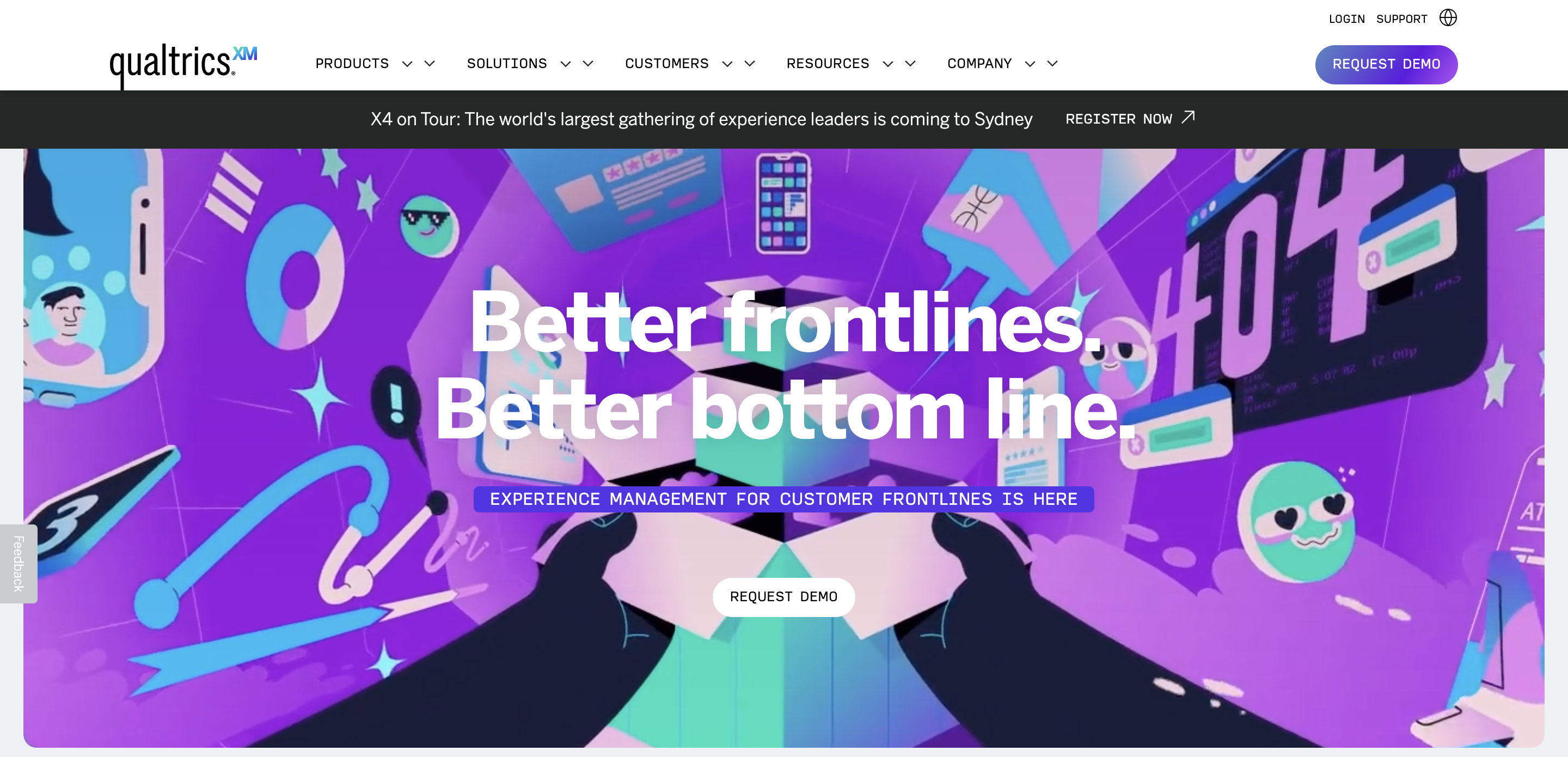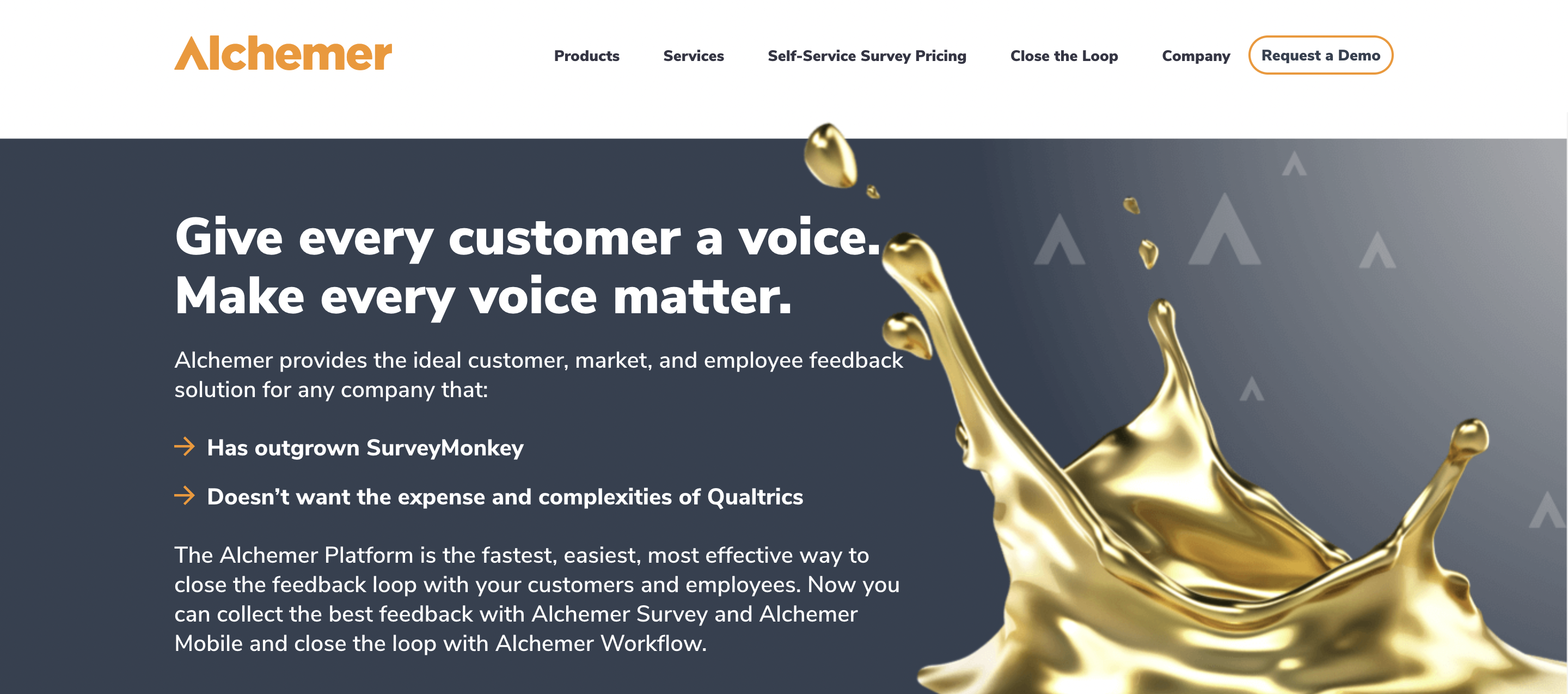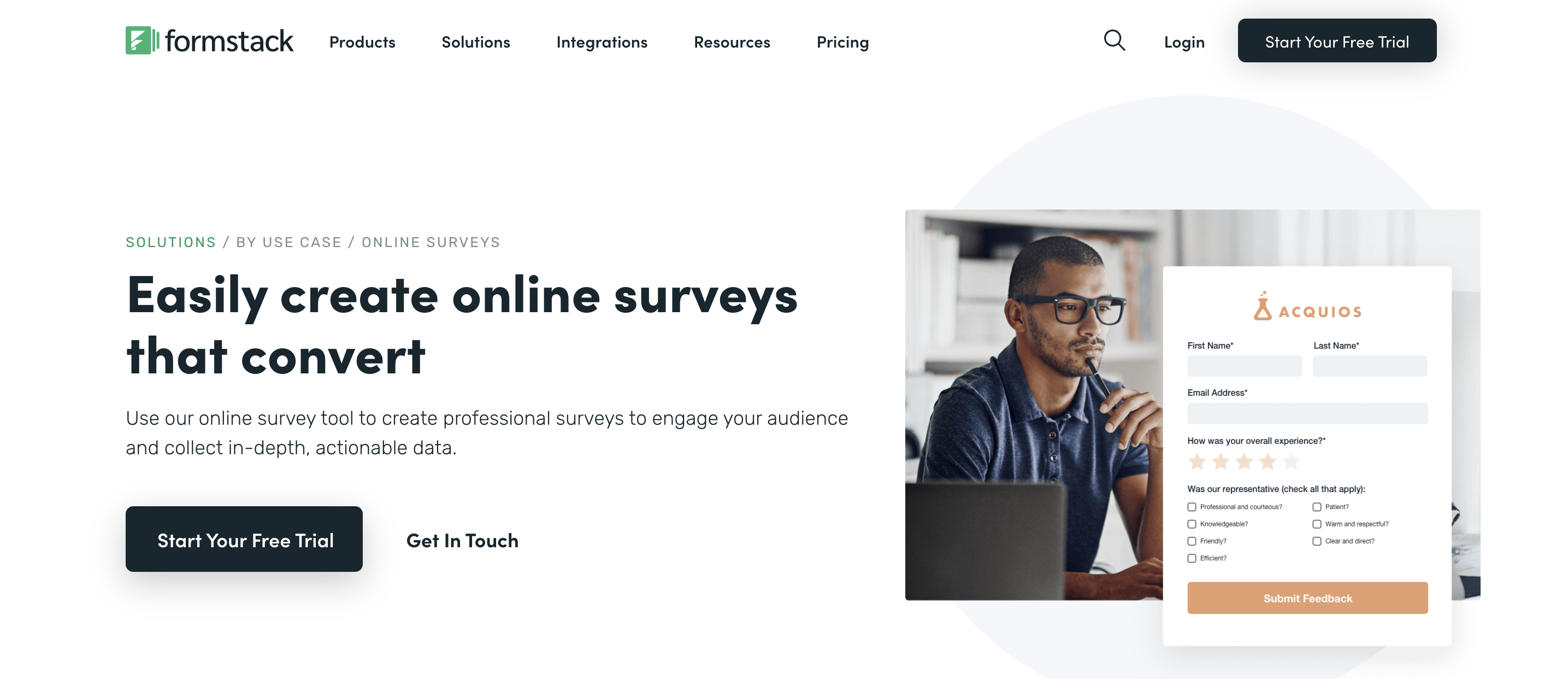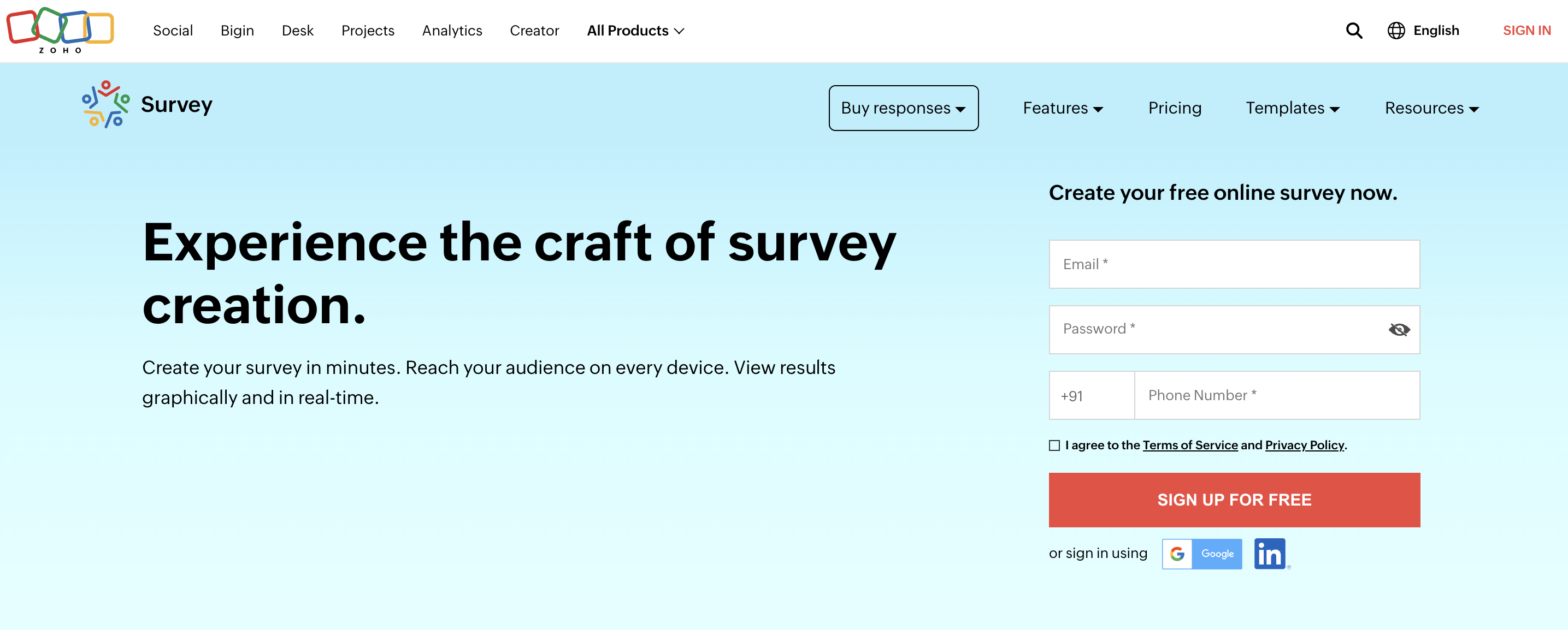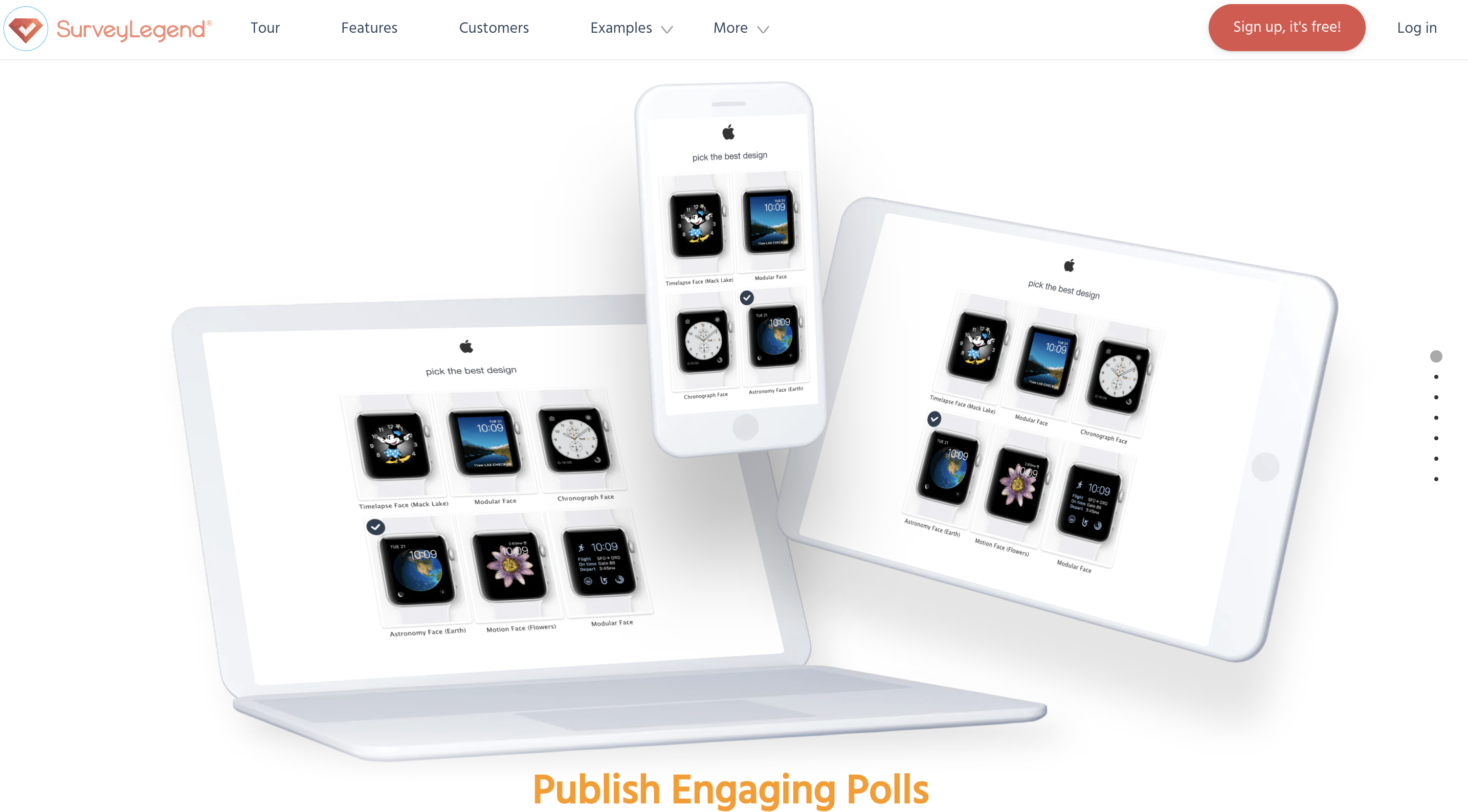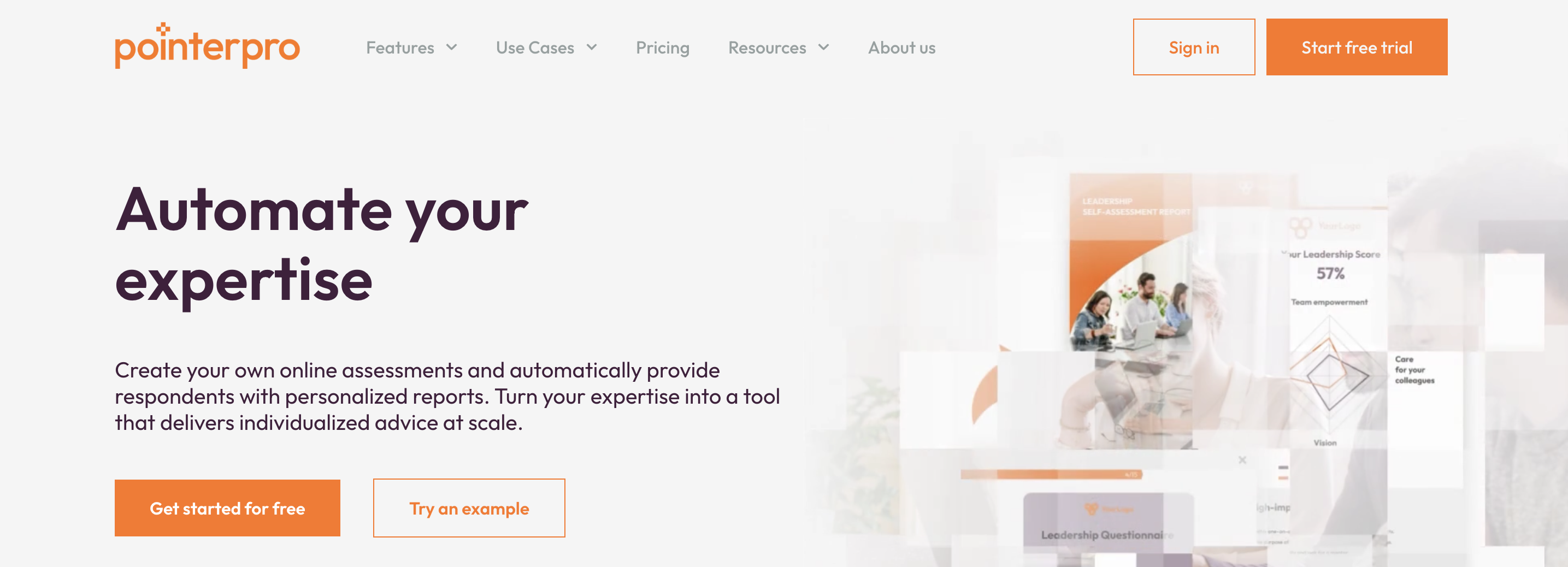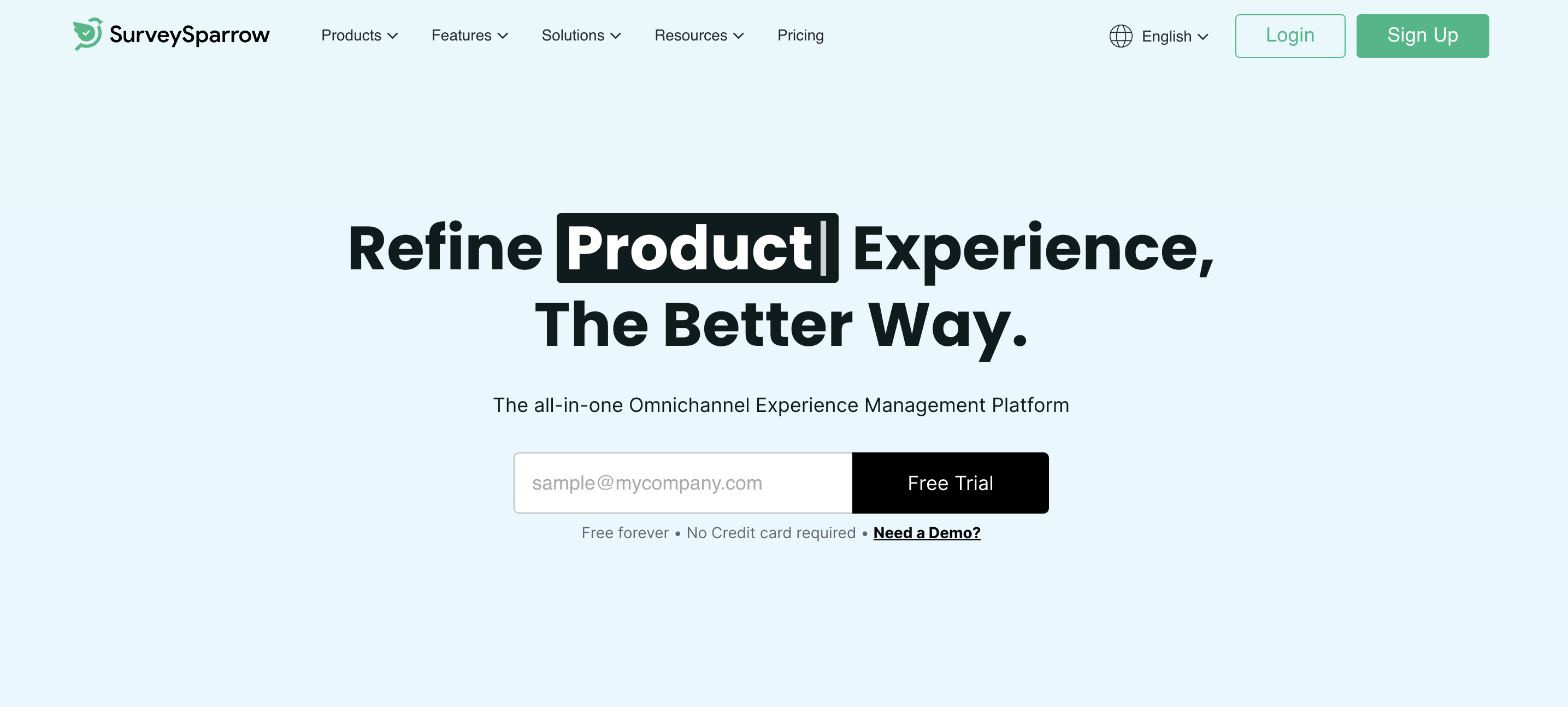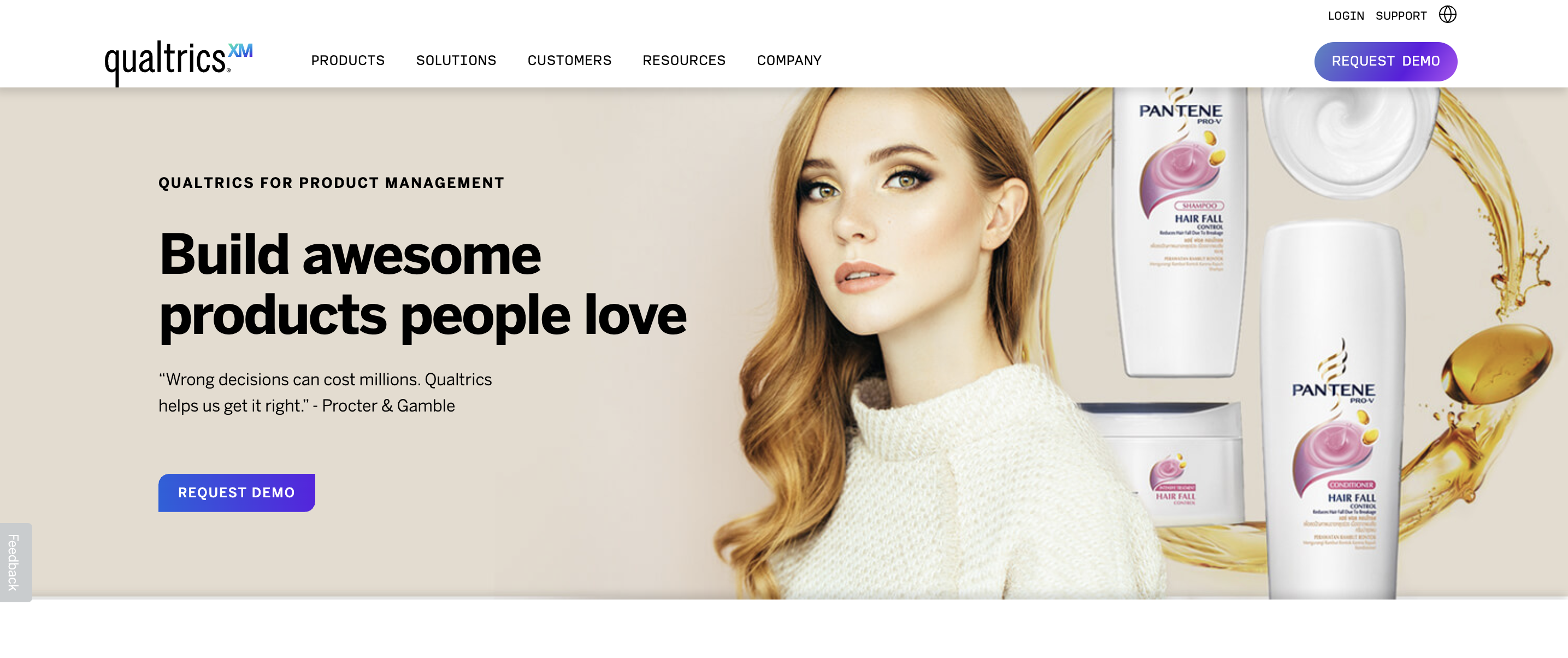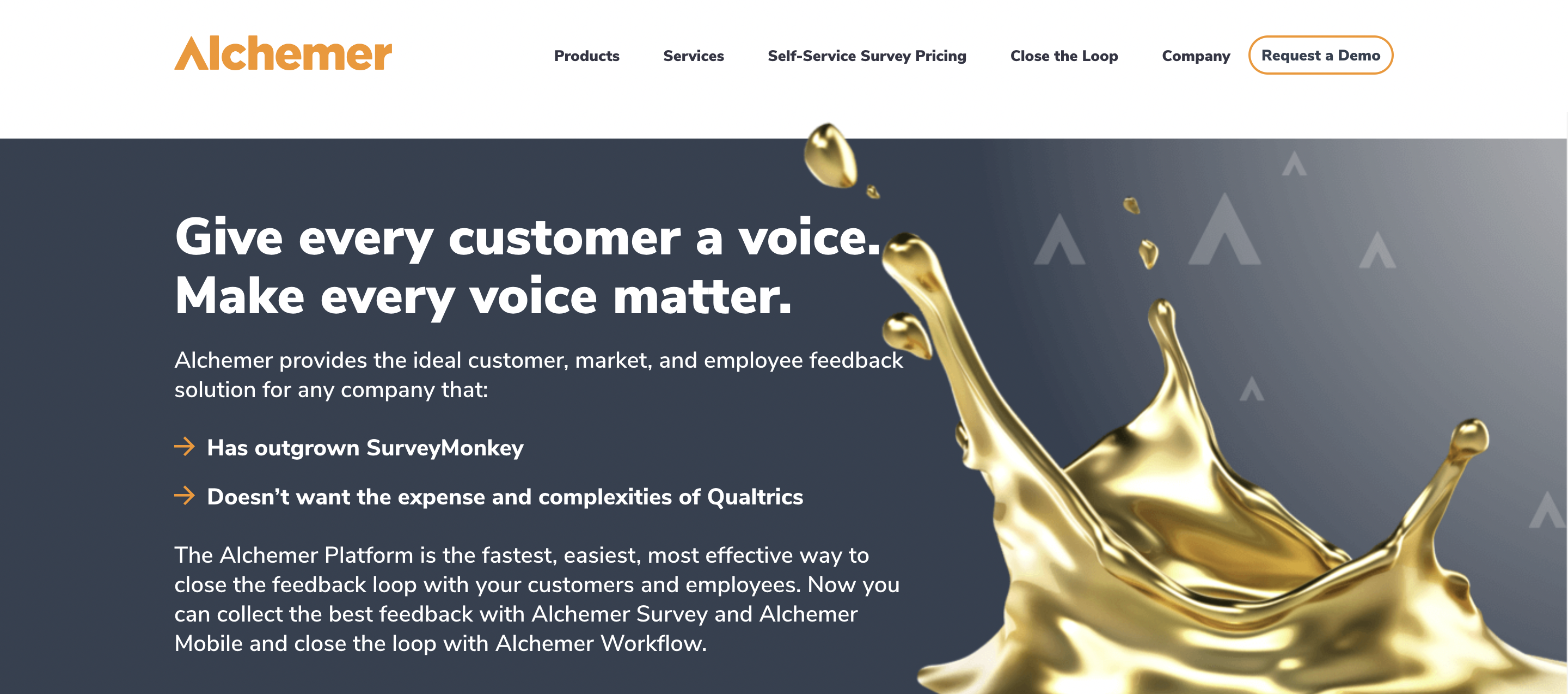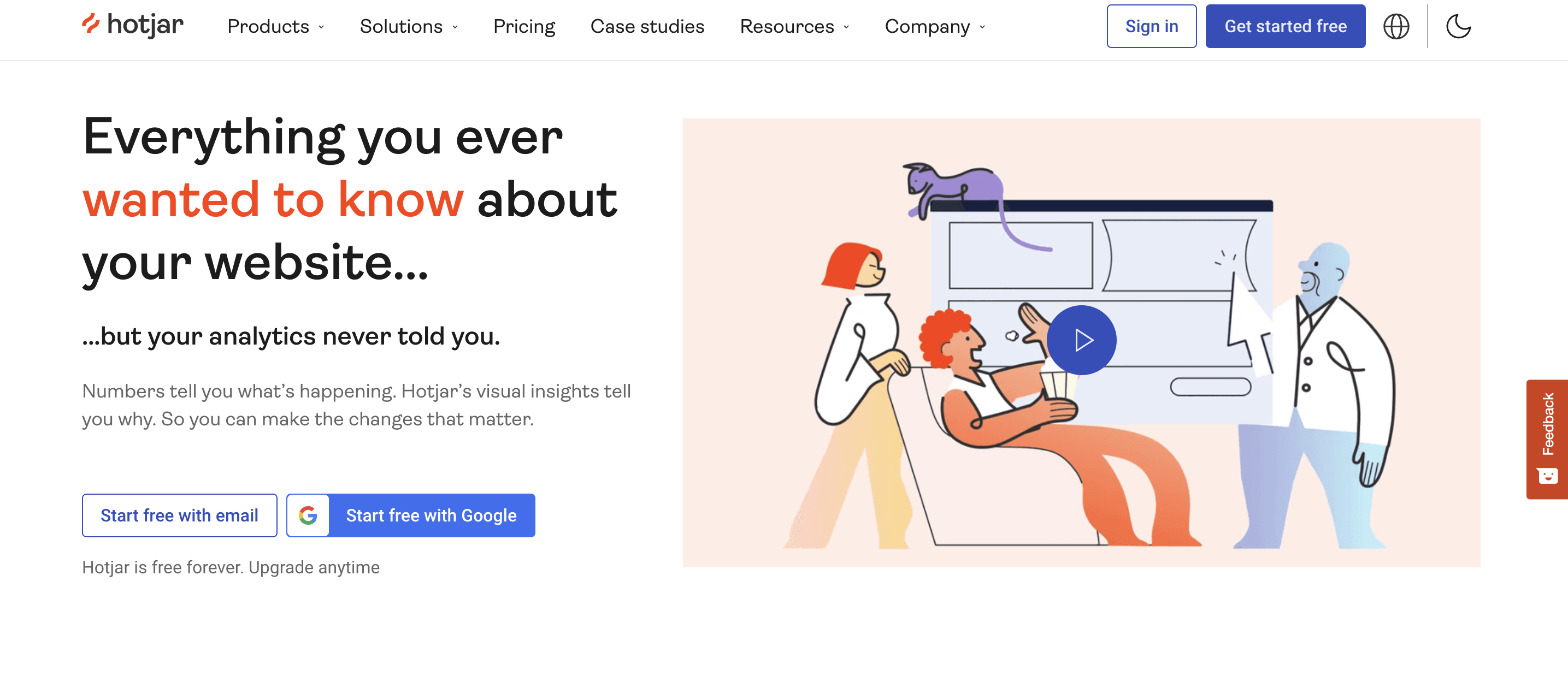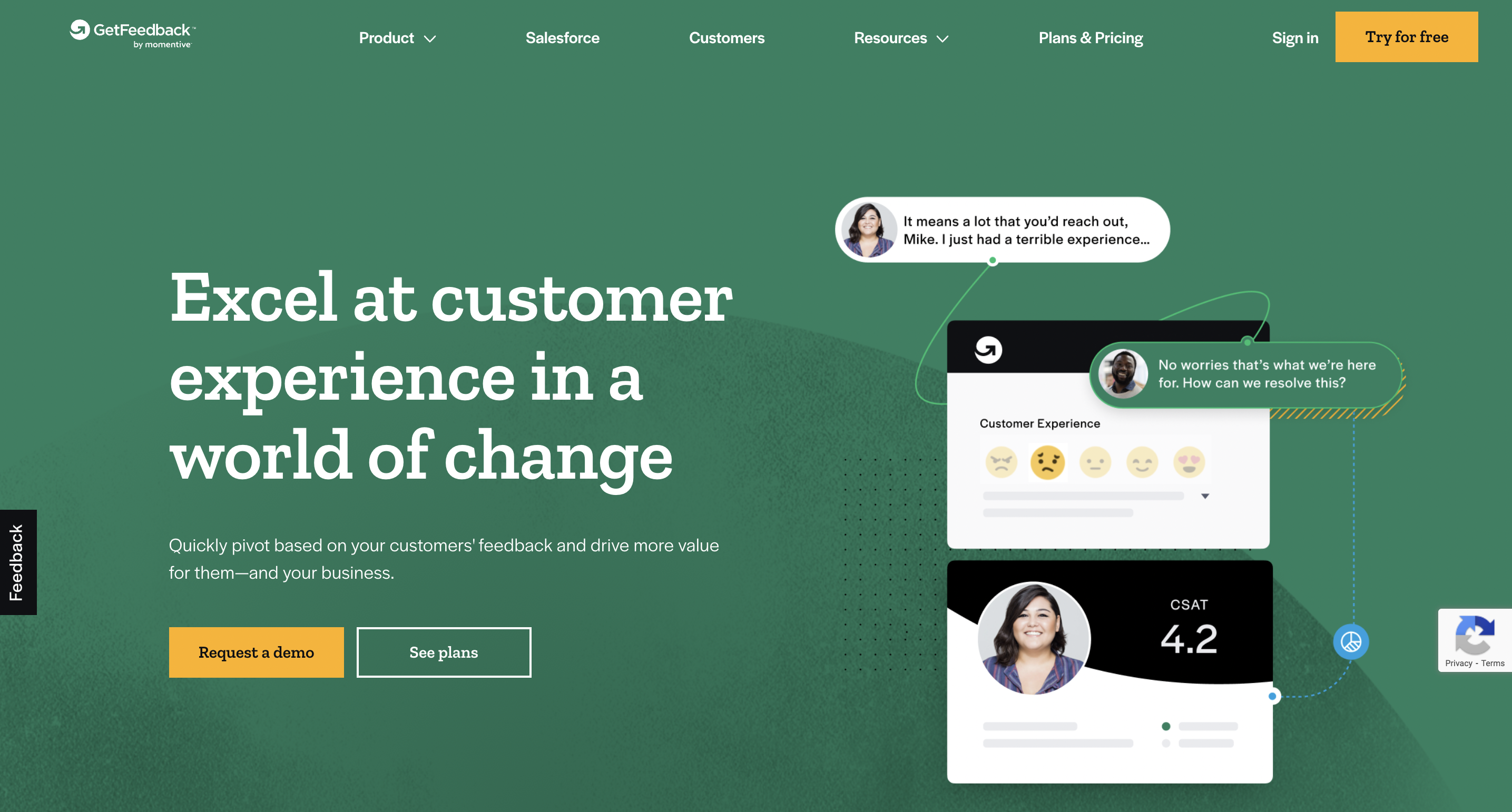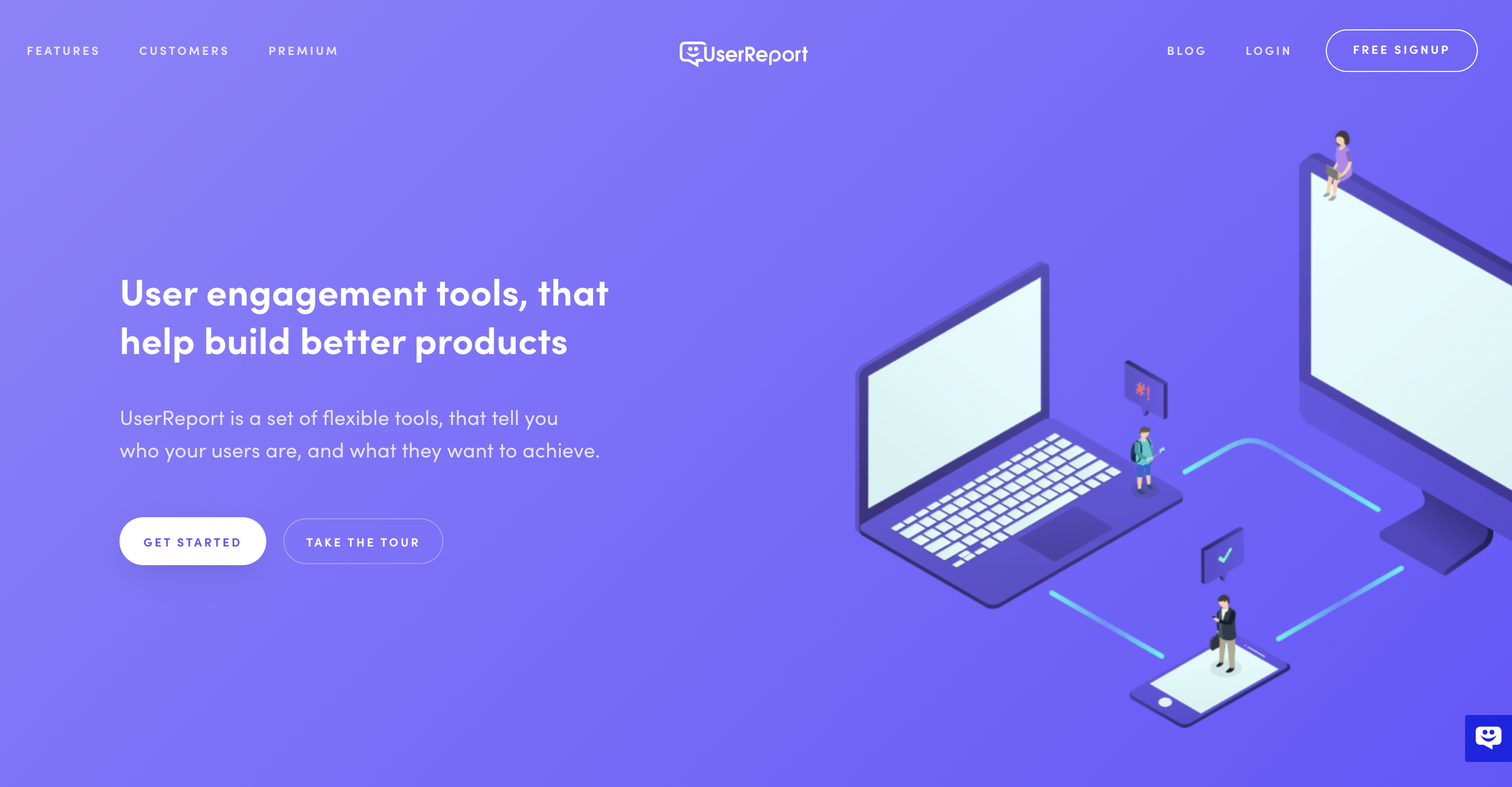Imagine you’ve just launched a new product or service. Exciting, isn’t it? Now, how do you measure customer sentiment? How do you quantify their loyalty or predict their recommendations? The answers to these questions lie in three letters: NPS.
Welcome to our deep dive into the world of Net Promoter Score (NPS) calculation! Whether you’re a startup founder trying to gauge customer satisfaction, a marketing professional looking for a reliable metric, or just a curious reader, this blog post will equip you with everything you need to understand and use this essential tool.
NPS serves as a north star for many businesses worldwide, guiding their customer engagement strategies and giving them a clear understanding of what their consumers truly think about their products or services. But how does it work? What magic lies within this seemingly simple calculation? Well, it’s time to pull back the curtain.
Get ready to embark on a journey that will take you from the basics of NPS, through the intricacies of its calculation, all the way to understanding how to use it effectively. We invite you to engage with us, ask questions, and share your insights. After all, we learn best when we learn together. So, let’s dive right in!
What is Net Promoter Score (NPS)?
The Net Promoter Score, or NPS, is a popular metric that organizations use to assess customer loyalty and satisfaction. The heart of the NPS system lies in one fundamental question: “On a scale of 0-10, how likely are you to recommend our company/product/service to a friend or colleague?” This simple question seeks to identify the likelihood of a customer acting as a promoter for the company, thus serving as a key indicator of customer perception and a predictor of business growth.
To interpret the responses, customers are divided into three categories: Promoters (score 9-10), Passives (score 7-8), and Detractors (score 0-6). Promoters are customers who are highly likely to recommend the company to others, serving as ambassadors for the brand. Passives are satisfied but indifferent customers who could potentially be swayed by competitors. Detractors, on the other hand, are unsatisfied customers who could potentially harm the brand reputation through negative word-of-mouth. The NPS is then computed by subtracting the percentage of Detractors from the percentage of Promoters, giving a score ranging from -100 (every customer is a Detractor) to +100 (every customer is a Promoter). This score provides an easily digestible snapshot of customer sentiment and loyalty, and serves as a valuable benchmark for improvement efforts.
Importance of NPS in business
Net Promoter Score (NPS) is a key performance indicator that businesses often use to measure customer loyalty and satisfaction. Here’s why NPS is important:
Customer Loyalty Measurement: NPS is a powerful metric to gauge customer loyalty and sentiment. It provides a clear understanding of how likely customers are to recommend your business to others. A higher NPS indicates a greater likelihood of customer referrals, which can lead to business growth.
Customer Feedback: NPS can provide crucial feedback on your product, service, and overall customer experience. It can help identify areas that need improvement to increase customer satisfaction and loyalty.
Benchmarking: NPS allows you to benchmark your performance against competitors in your industry. This can give you valuable insights into how your business stacks up against others and where you might need to focus to gain a competitive edge.
Predicting Growth: Research has shown a correlation between a company’s NPS and its organic growth. Businesses with higher scores are more likely to see revenue growth because they have more satisfied, loyal customers who are more likely to refer others.
Decreasing Customer Churn: By identifying unhappy customers (detractors), businesses can take proactive measures to address their issues and reduce customer churn.
Enhancing Customer Relationship: NPS also helps in establishing a two-way communication with customers. By asking customers to rate their experience, businesses show that they value their customers’ opinions, which can improve the customer relationship.
Cost-effective: NPS surveys are relatively simple and inexpensive to implement compared to some other forms of market research.
How NPS is Calculated
Net Promoter Score (NPS) is calculated using responses to a single question: “On a scale of 0-10, how likely are you to recommend our company/product/service to a friend or colleague?” The responses are categorized as follows:
Promoters (score 9-10): These are loyal customers who are likely to continue buying from your business and refer others.
Passives (score 7-8): These are satisfied but unenthusiastic customers who might switch to competitors if given the opportunity.
Detractors (score 0-6): These are unhappy customers who can potentially damage your brand and impede growth through negative word-of-mouth.
To calculate the NPS:
- Find the percentage of respondents who are Promoters.
- Find the percentage of respondents who are Detractors.
- Subtract the percentage of Detractors from the percentage of Promoters.
- The result is the Net Promoter Score, which can range from -100 (if every customer is a Detractor) to 100 (if every customer is a Promoter).
Passive respondents are not directly included in the NPS calculation but they do have an impact on the overall score, as they can change the relative proportions of Promoters and Detractors.
For instance, if you have 100 customers, and:
- 50 are Promoters (50%)
- 30 are Passives (30%)
- 20 are Detractors (20%)
Your NPS score would be 50% (Promoters) – 20% (Detractors) = 30.
This score is a simple and straightforward measure of customer loyalty and satisfaction with the potential to predict business growth. However, the most valuable aspect of NPS is often the customer feedback that accompanies the score, which can provide insights into how to improve your product or service.
How to interpret the NPS results
Interpreting the Net Promoter Score (NPS) can help you understand your customers’ overall satisfaction and loyalty towards your business. You can find a basic guide to interpreting NPS scores below:
Negative NPS (-100 to 0): If you have a negative NPS, this means you have more Detractors than Promoters, indicating general dissatisfaction with your product, service, or overall customer experience. This is a warning sign that you need to find and address the root causes of this dissatisfaction.
Low positive NPS (0 to 30): A low positive score shows that you have slightly more Promoters than Detractors. While this is better than a negative score, there’s still plenty of room for improvement.
Moderate NPS (30 to 70): A moderate NPS indicates a healthy number of Promoters and a good level of customer satisfaction. The challenge here is to turn Passive customers into Promoters and to prevent Promoters from becoming Passives or Detractors.
High NPS (70 to 100): A high NPS shows a high level of customer satisfaction and loyalty, with a large majority of your customers being Promoters. While this is an excellent position to be in, it’s still important to address the concerns of Detractors and Passives to maintain this high score.
Ways to Improve NPS Score
To improve your Net Promoter Score (NPS), it’s essential to focus on enhancing customer satisfaction and loyalty. This involves taking several key steps, such as deeply analyzing and acting on customer feedback, creating a customer-centric culture across the organization, and regularly monitoring your NPS to measure progress. Some of the effective ways are mentioned as follows.
Analyze and Act on Feedback: Understanding why customers gave you the score they did is crucial. Look for trends in the feedback. What do promoters love about your company? What are the common complaints from detractors? Once you have these insights, act on them to improve the customer experience.
Close the Loop: Follow up with customers, especially detractors, to let them know their feedback has been heard. Ask for additional information if needed, and inform them of any changes made based on their feedback.
Improve Customer Service: Excellent customer service is key to a high NPS. Ensure that customer concerns and queries are handled promptly and effectively. Regular training for your customer service team can help them provide better service.
Create a Customer-Centric Culture: All departments in your company should focus on customer satisfaction, not just customer service. This could involve product teams focusing on quality, marketing teams ensuring clear and honest communication, and senior leadership setting a customer-focused vision.
Regularly Measure and Monitor NPS: It’s important to regularly measure NPS and monitor how it changes over time. This will help you understand whether your improvements are working and where further changes might be needed.
Leverage Promoters: Your promoters are your most loyal customers. You can leverage them to help improve your NPS by encouraging them to share their positive experiences with others. This could be through referral programs or by asking them to leave reviews.
Customer Retention Programs: Implementing customer retention strategies like loyalty programs, exclusive offers, and regular engagement can help increase customer loyalty, turning passives into promoters and preventing promoters from becoming detractors.
Personalize Customer Experience: Personalization can greatly improve customer satisfaction. This could involve personalized marketing, product recommendations, or customer service. Technology can play a significant role in achieving this.
Wrapping Up
To conclude, the Net Promoter Score (NPS) is a significant metric for any business seeking to understand its customer loyalty levels and overall satisfaction. You can categorize your customers into Promoters, Passives, and Detractors. The NPS is then calculated by subtracting the percentage of Detractors from the percentage of Promoters, resulting in a score that ranges from -100 to +100. While this number provides a snapshot of your customers’ sentiment, the real value lies in the feedback provided by your customers, which contains actionable insights for improving their experience. It’s important to remember that a good NPS strategy doesn’t stop at calculation—it extends to regular monitoring, analysis, and above all, acting on the feedback. In doing so, you harness the power of the NPS, transforming it from a simple score into a tool for continuous improvement and growth.






